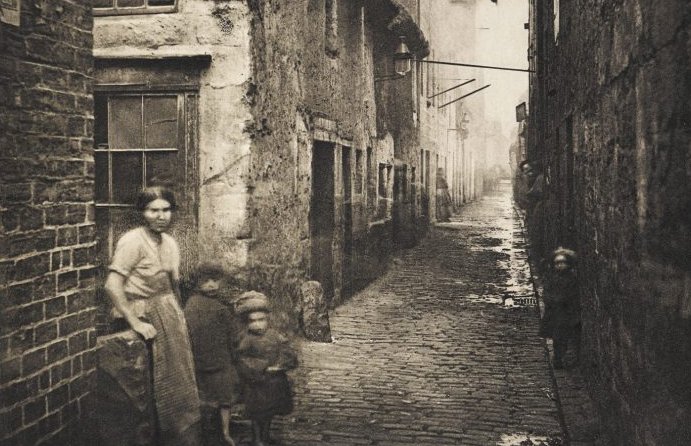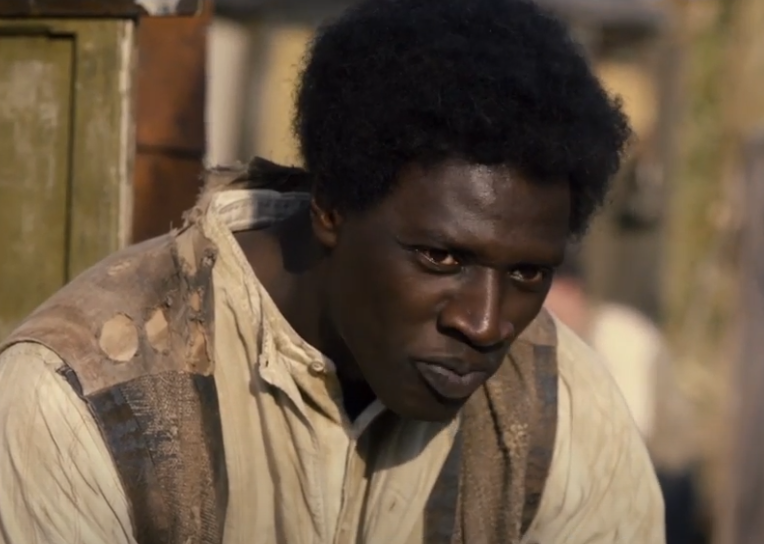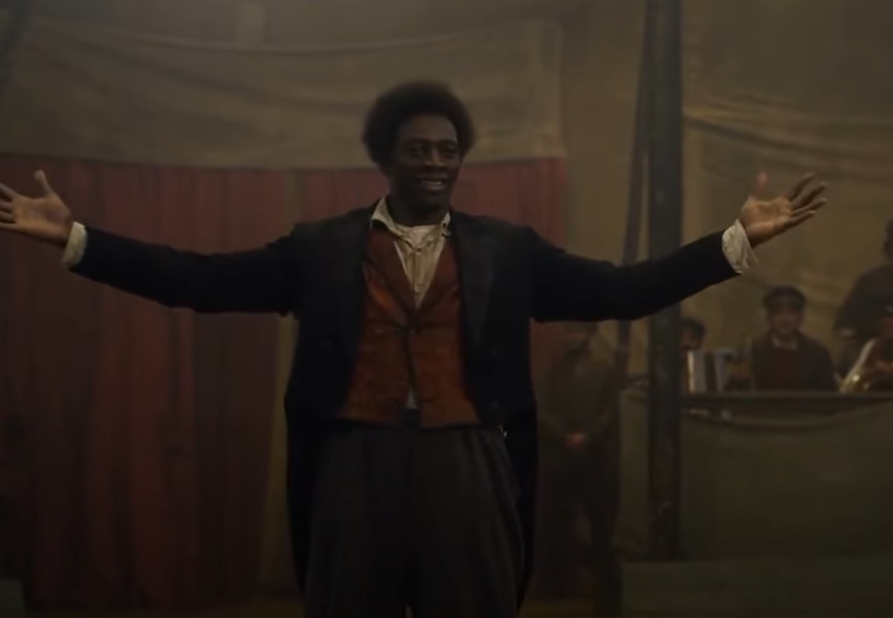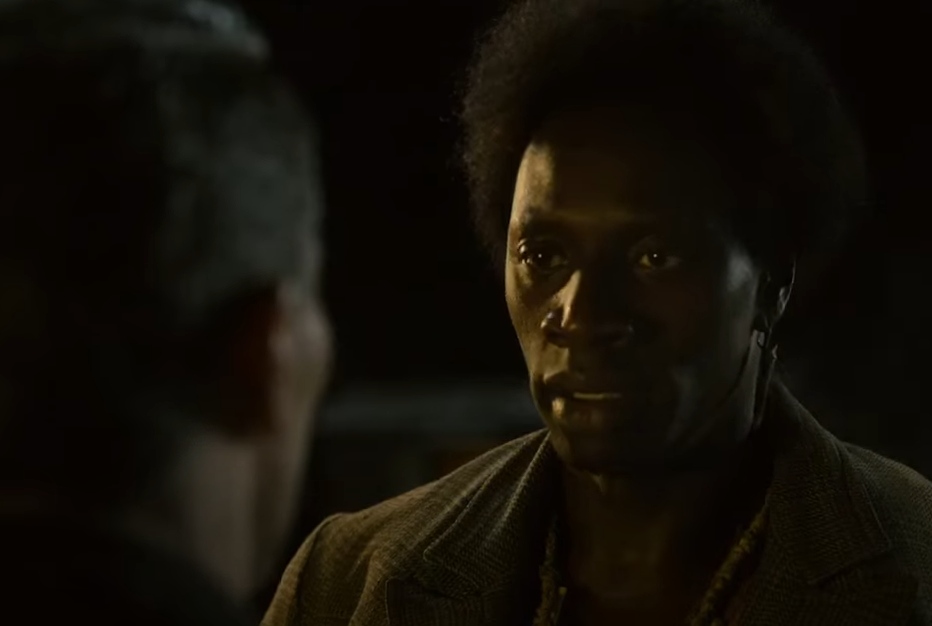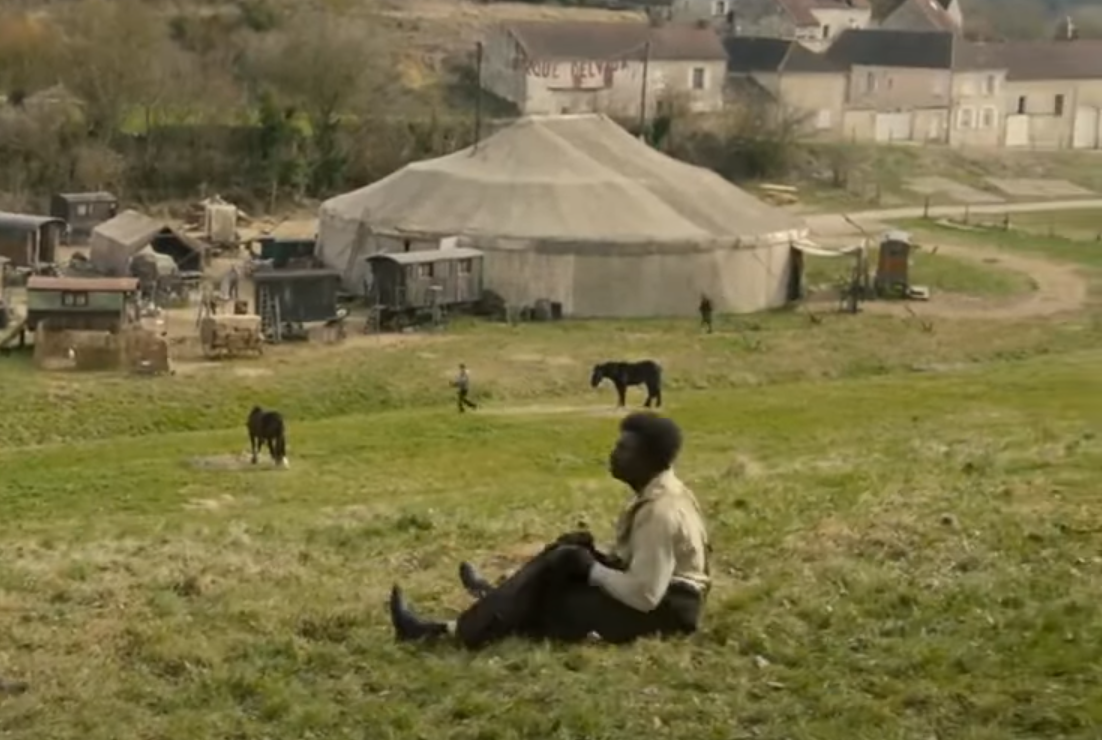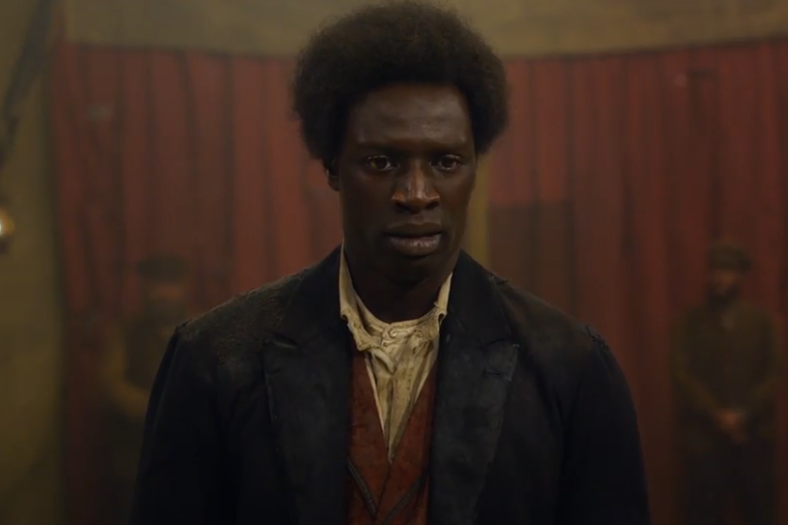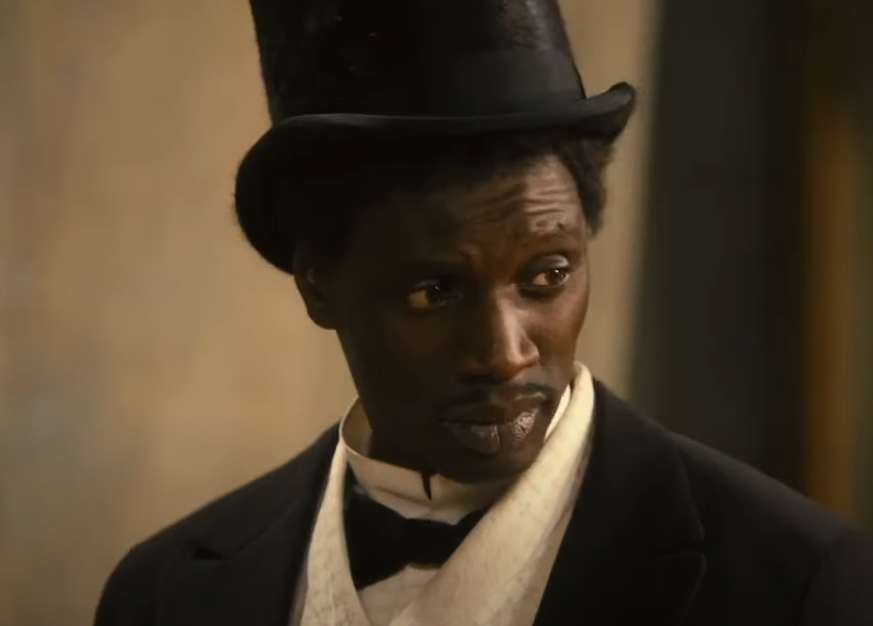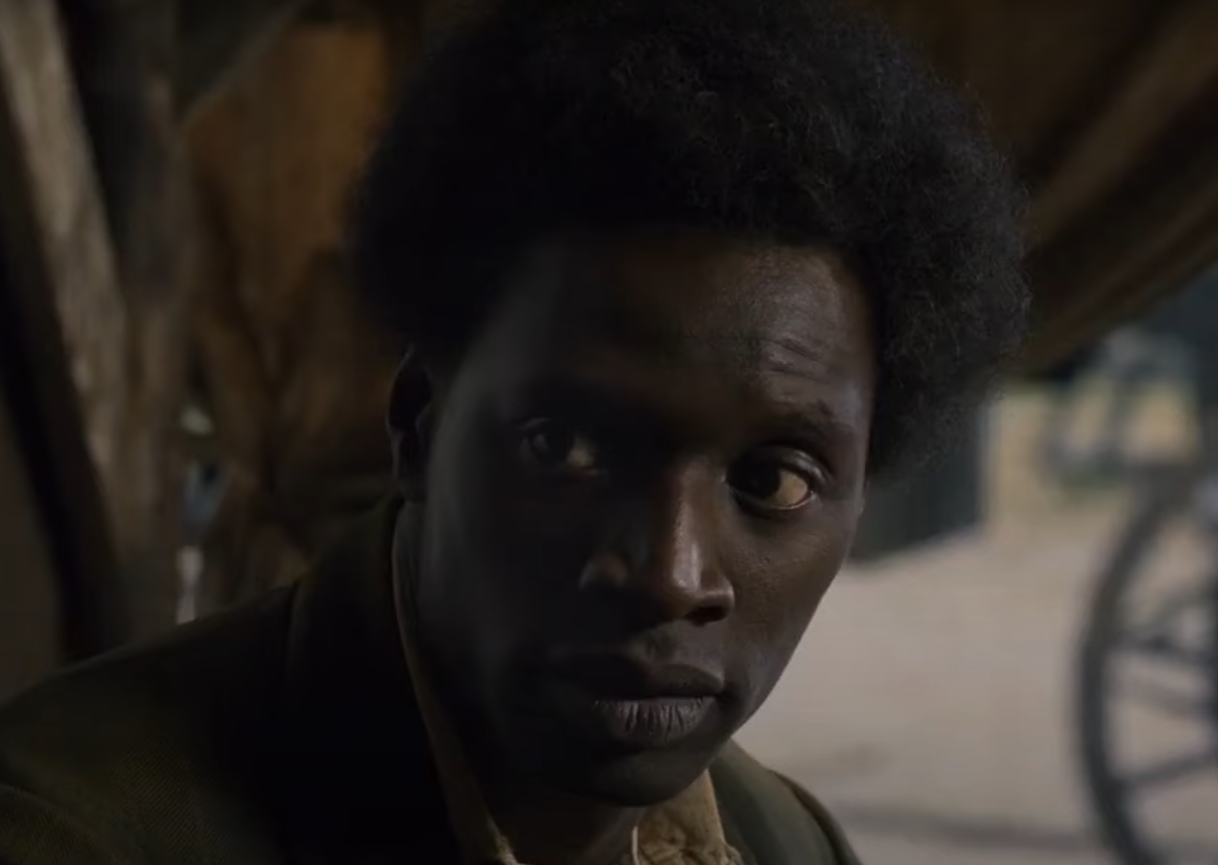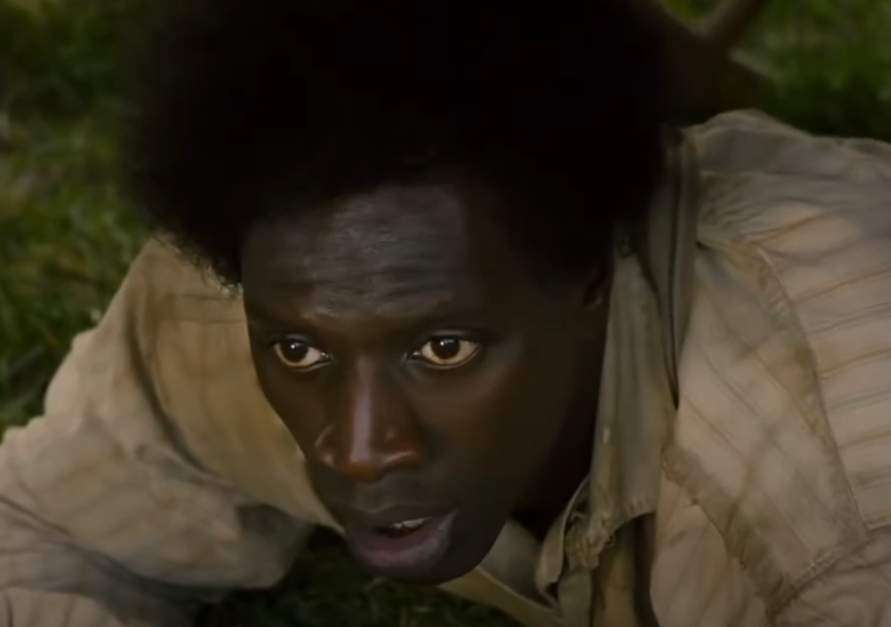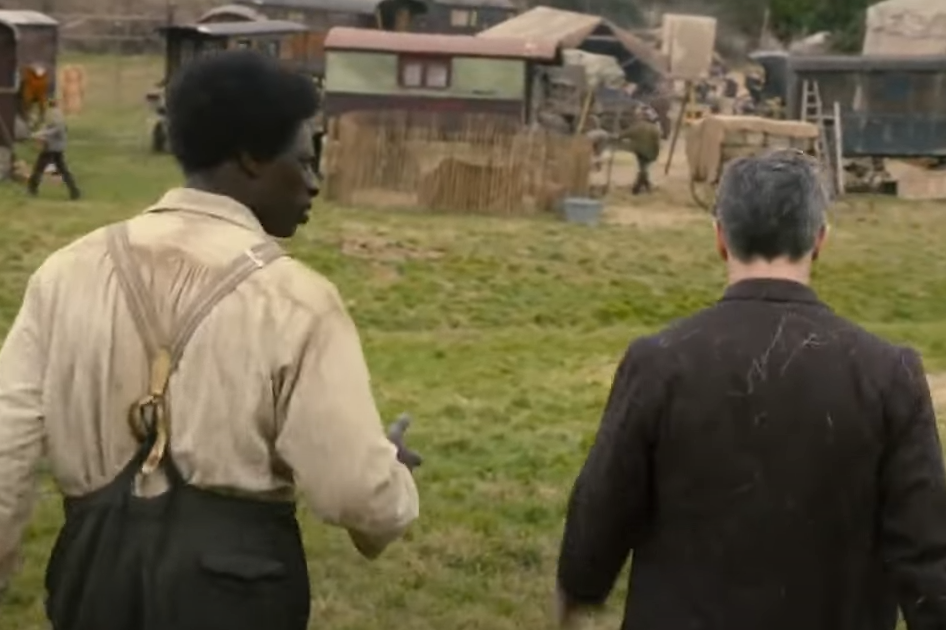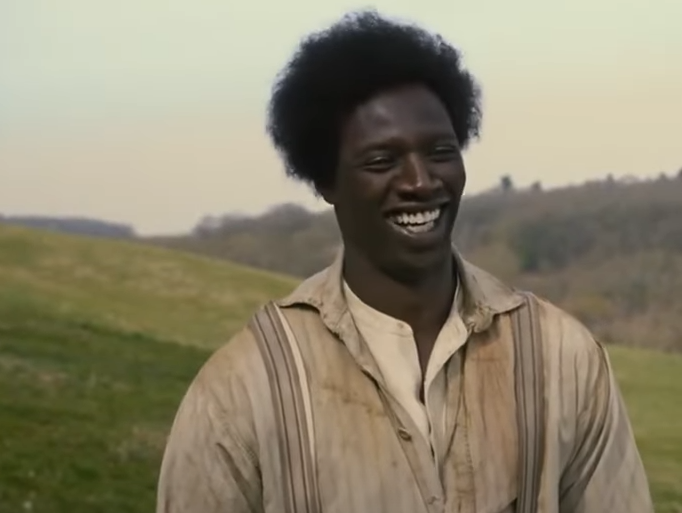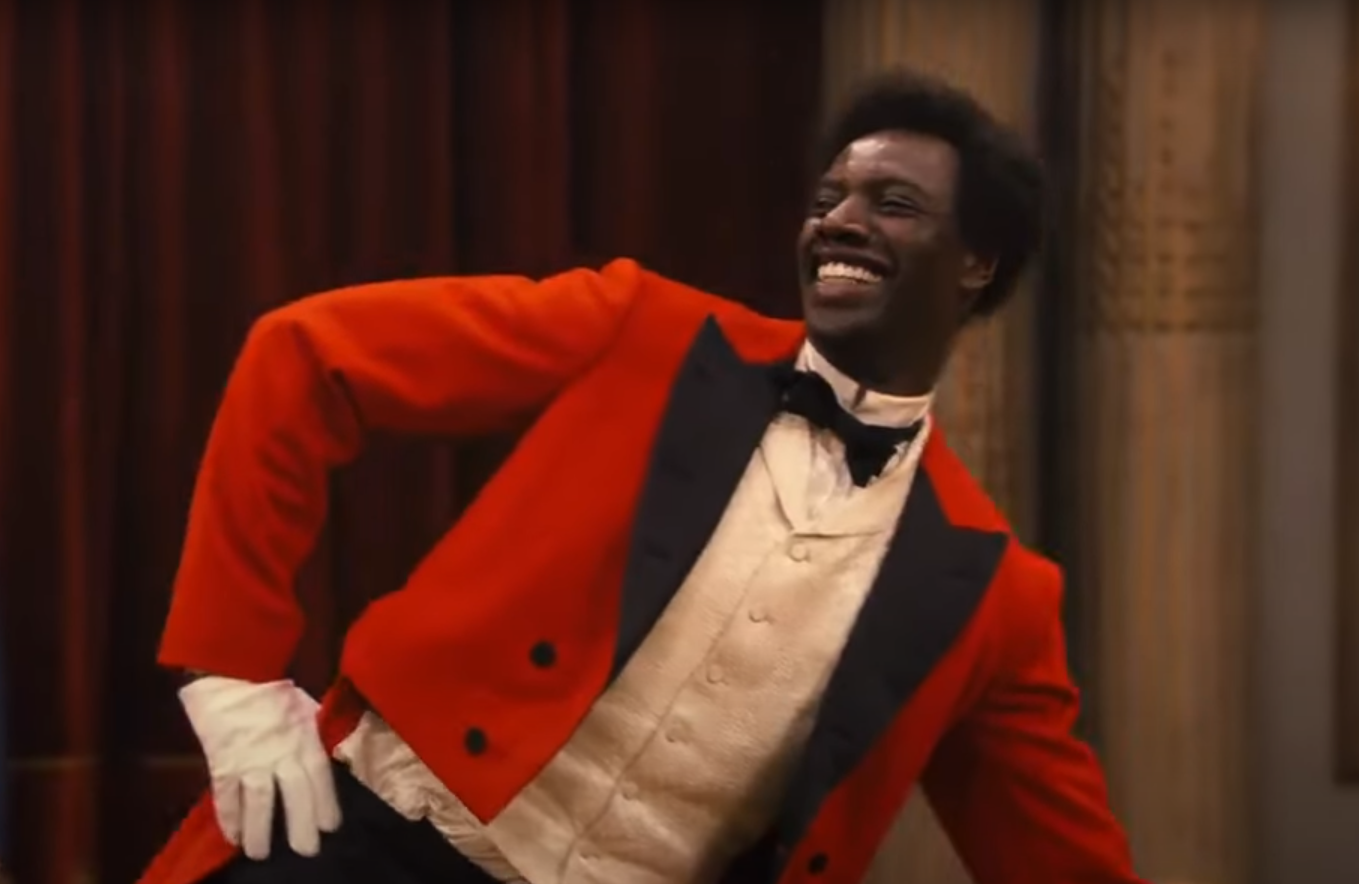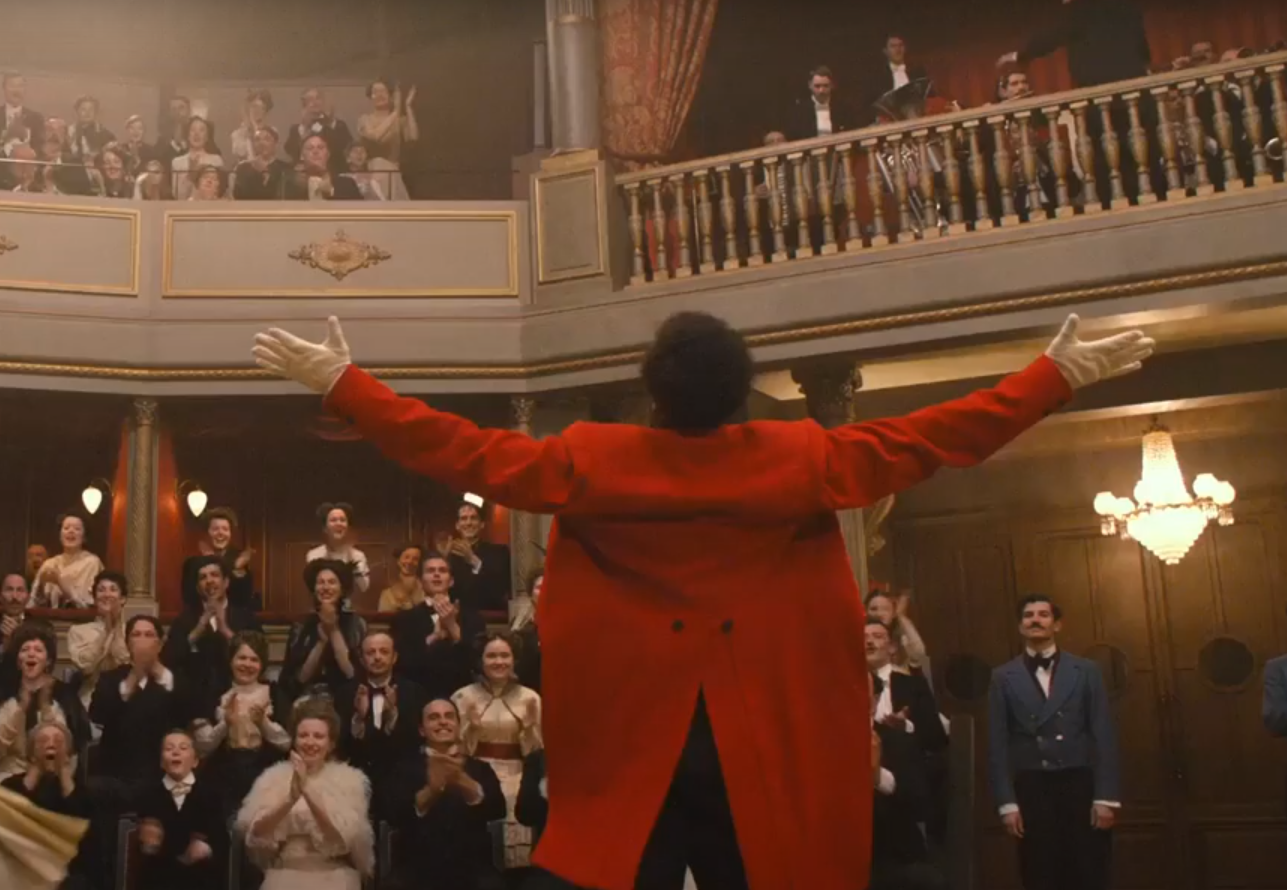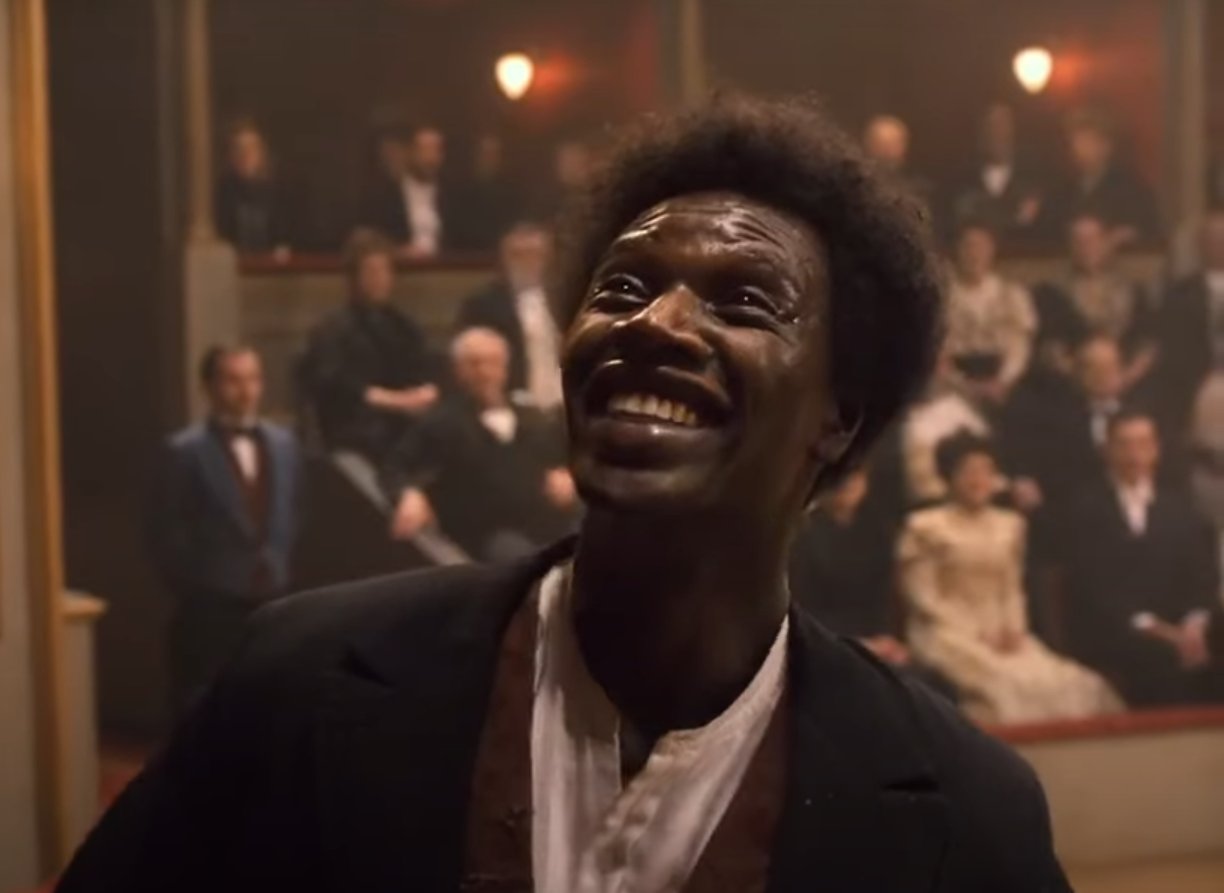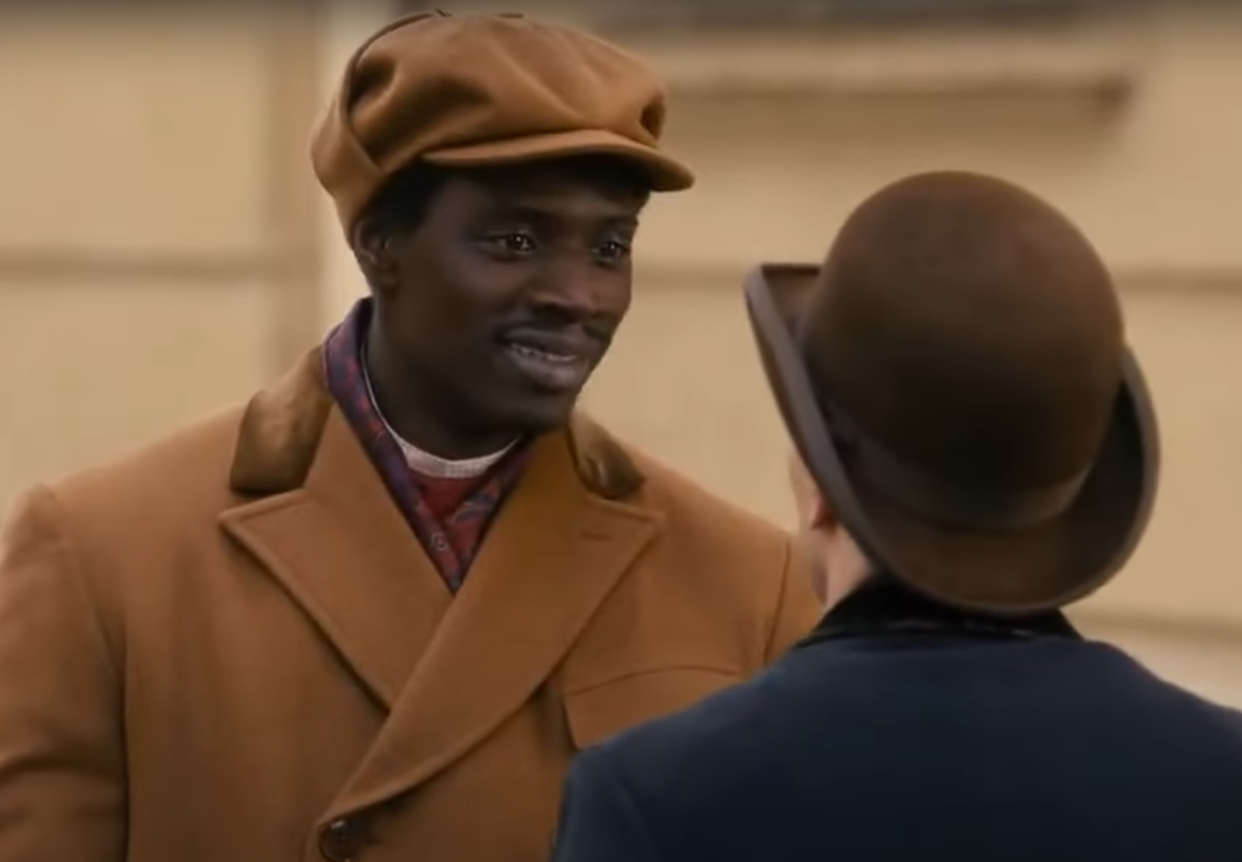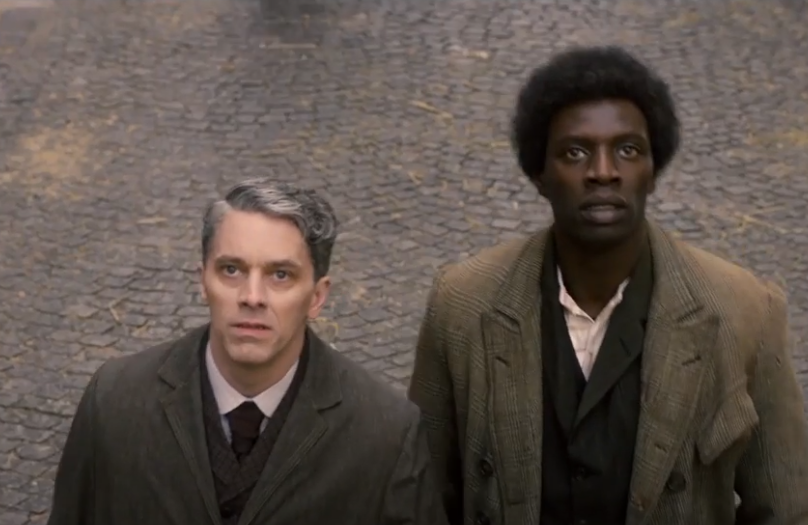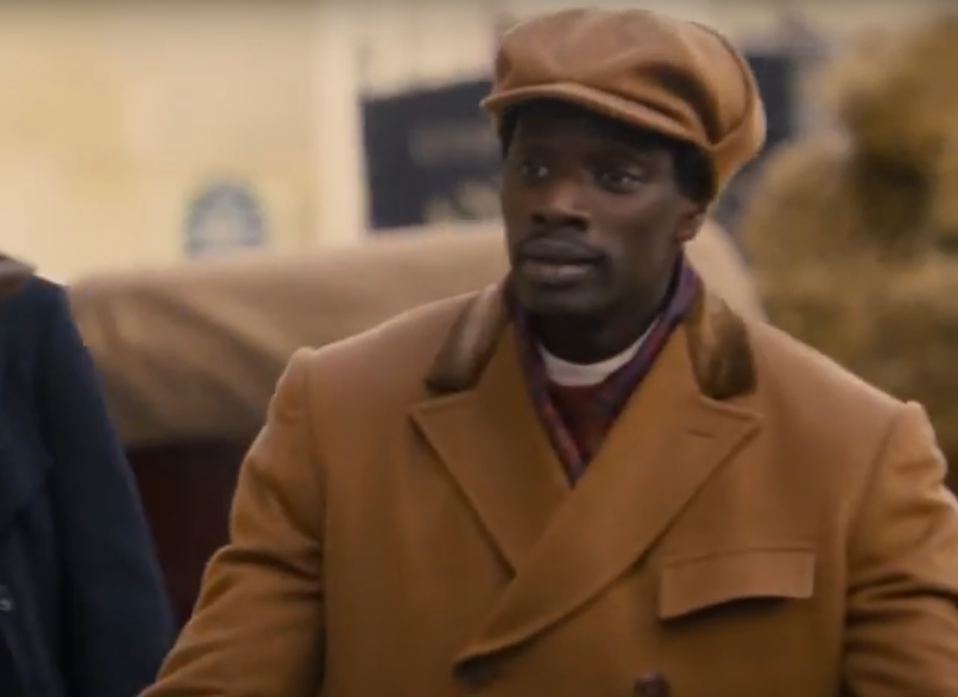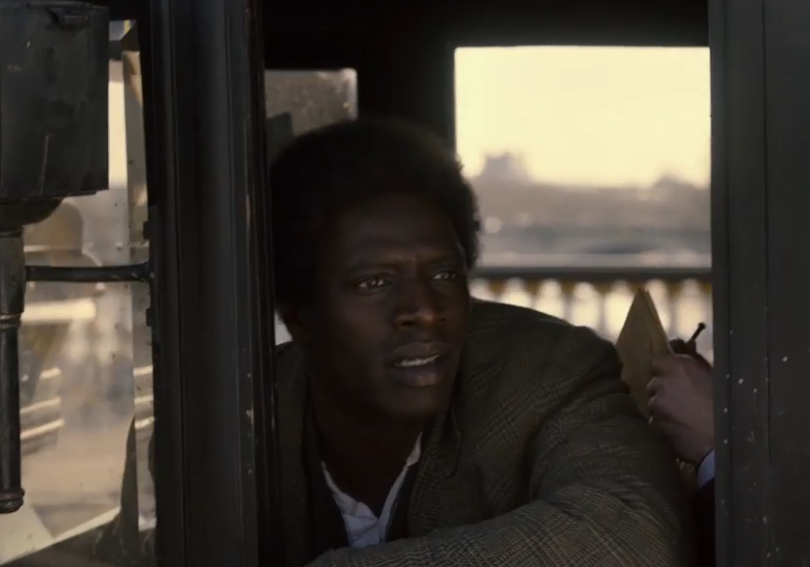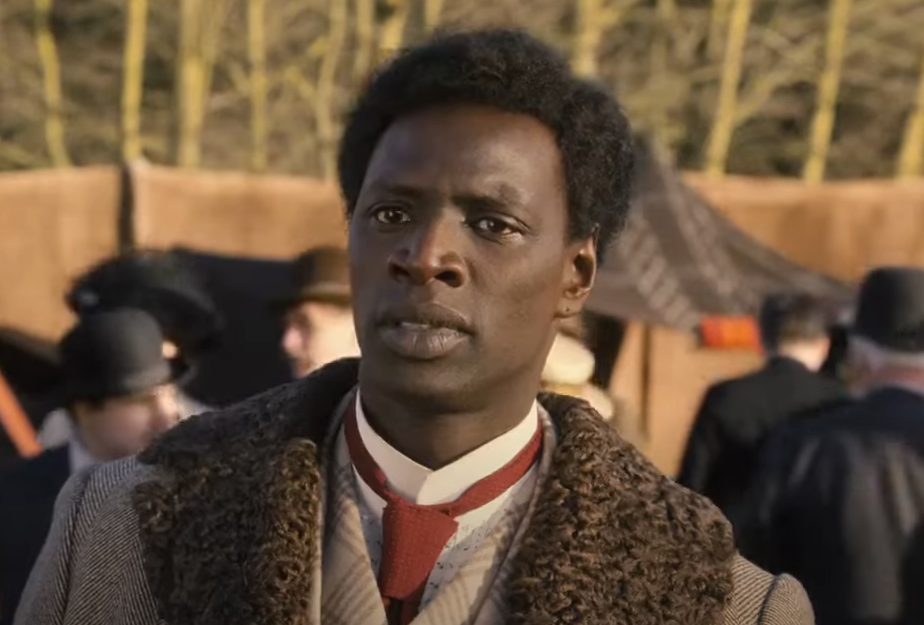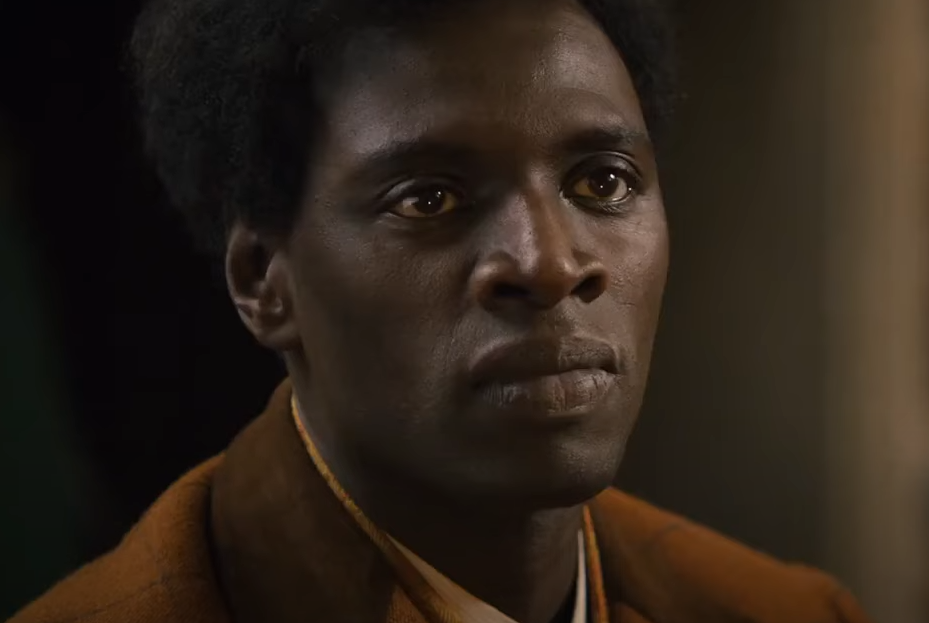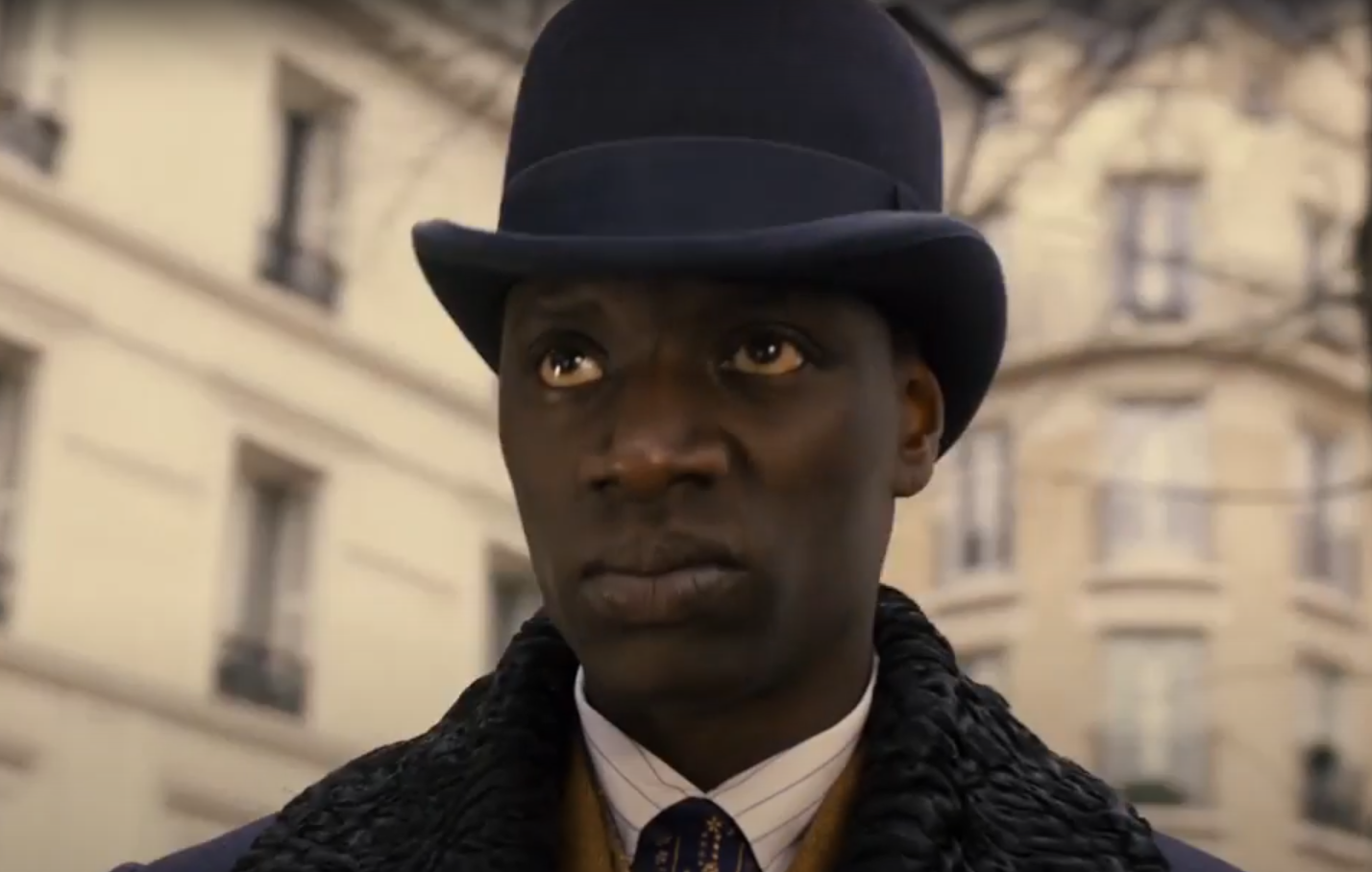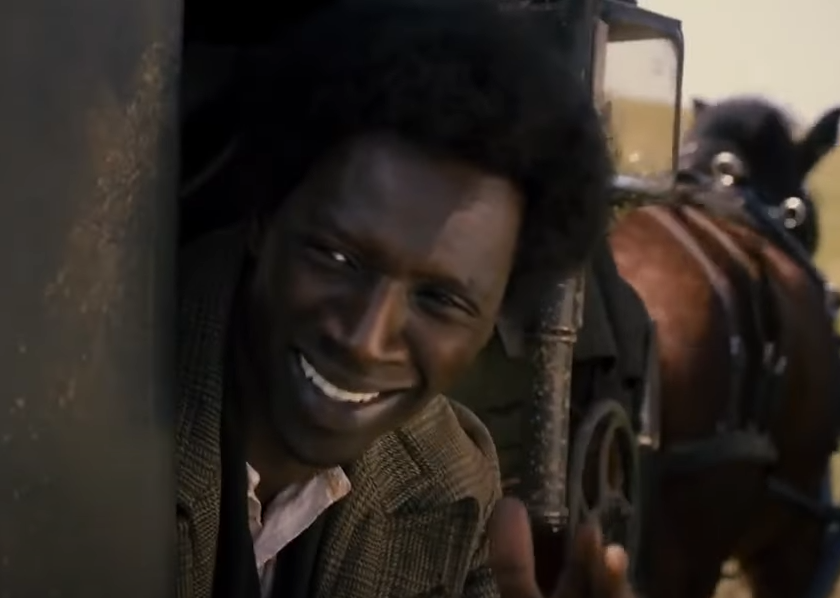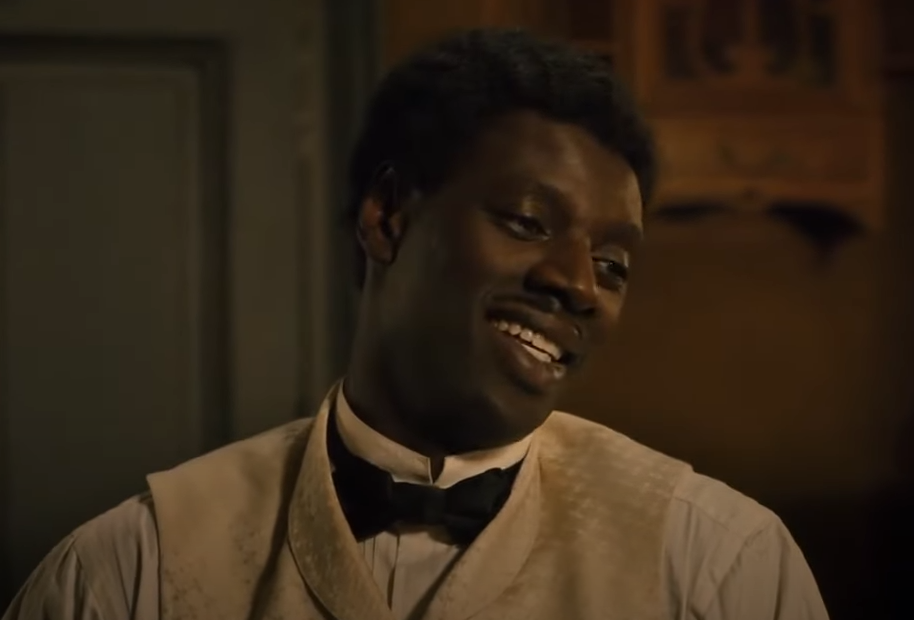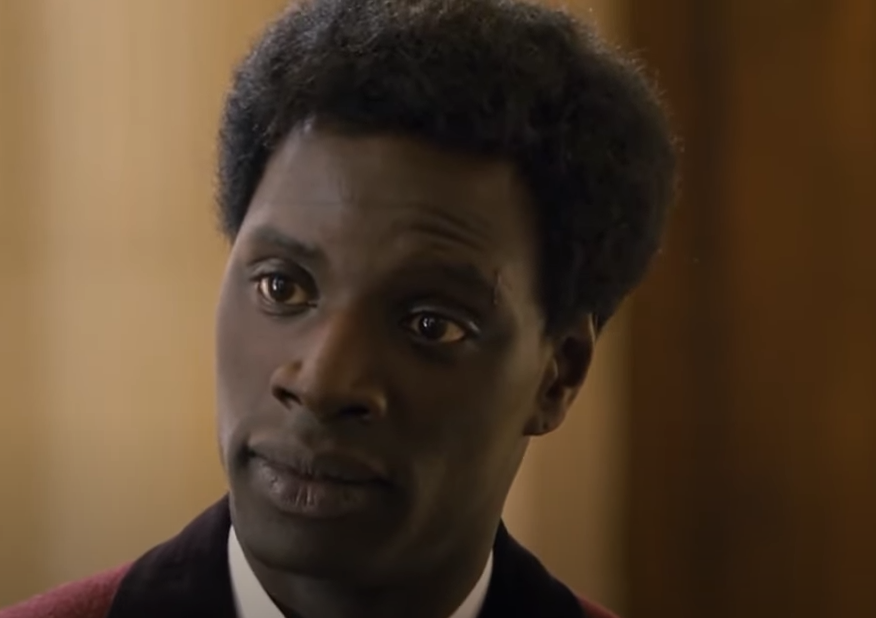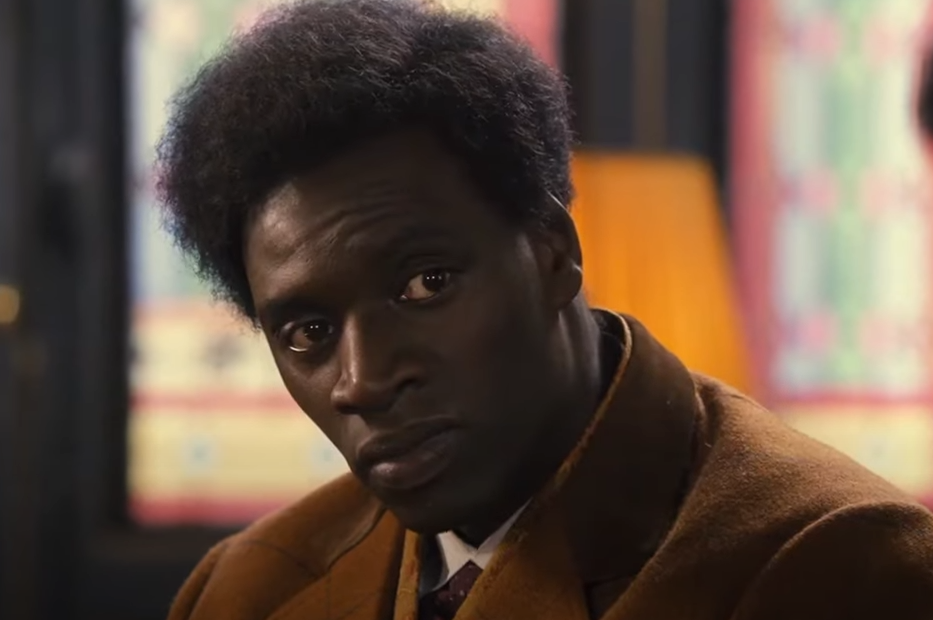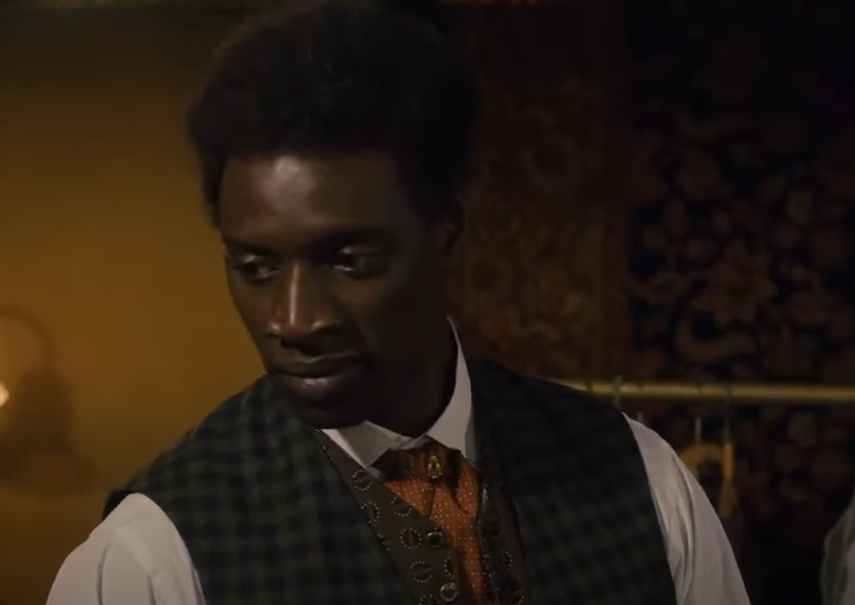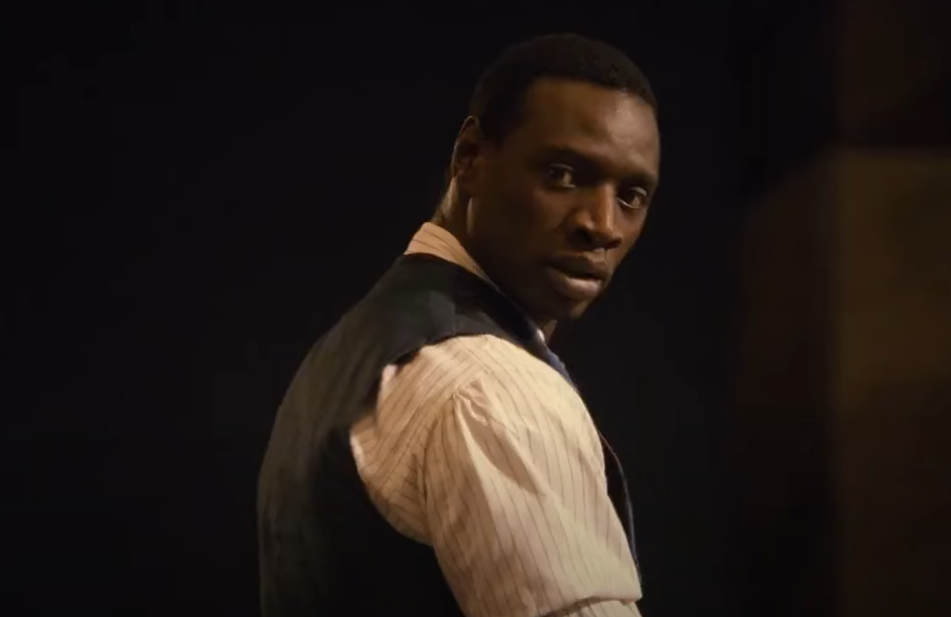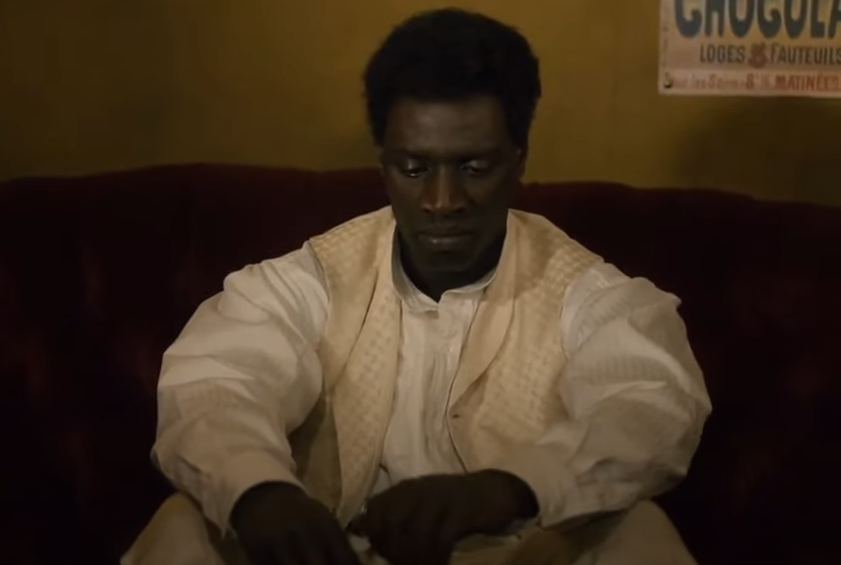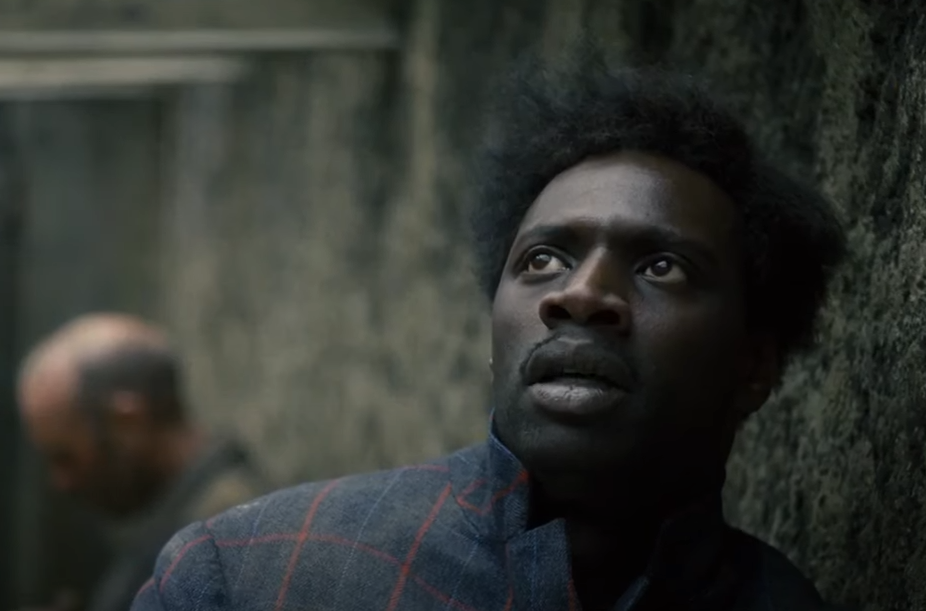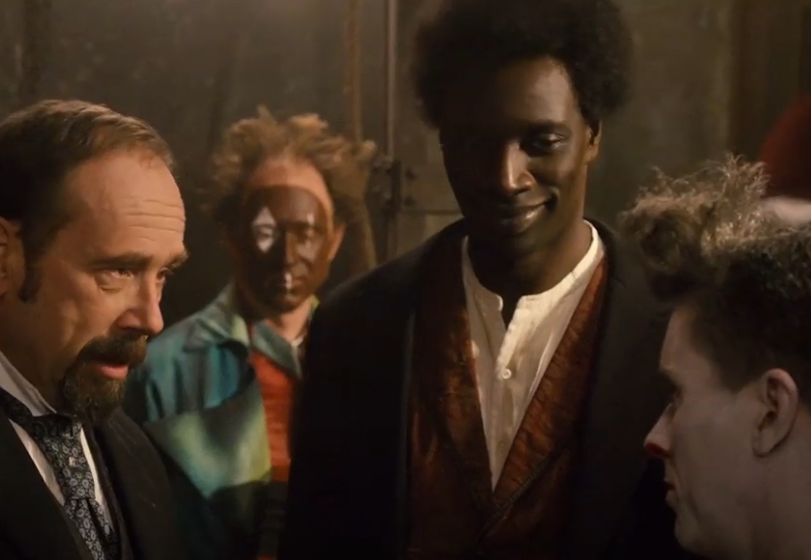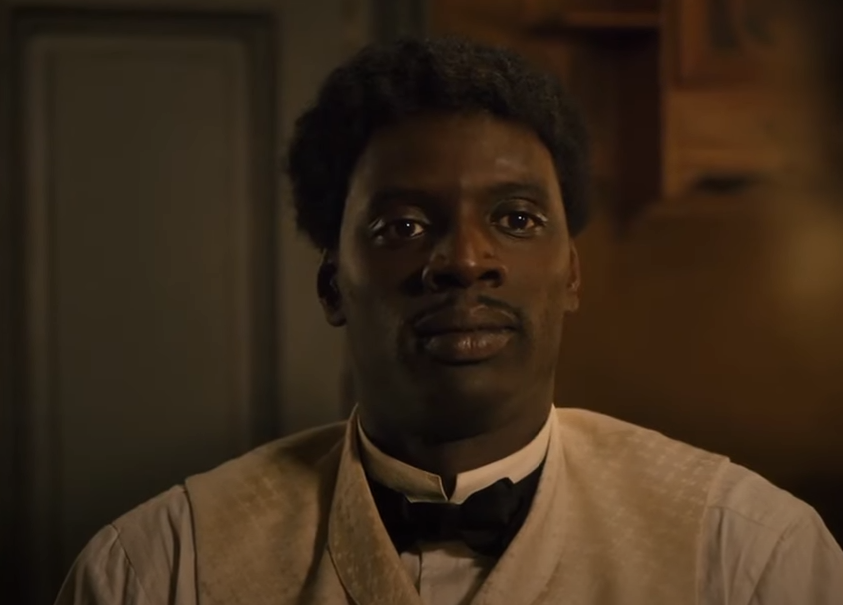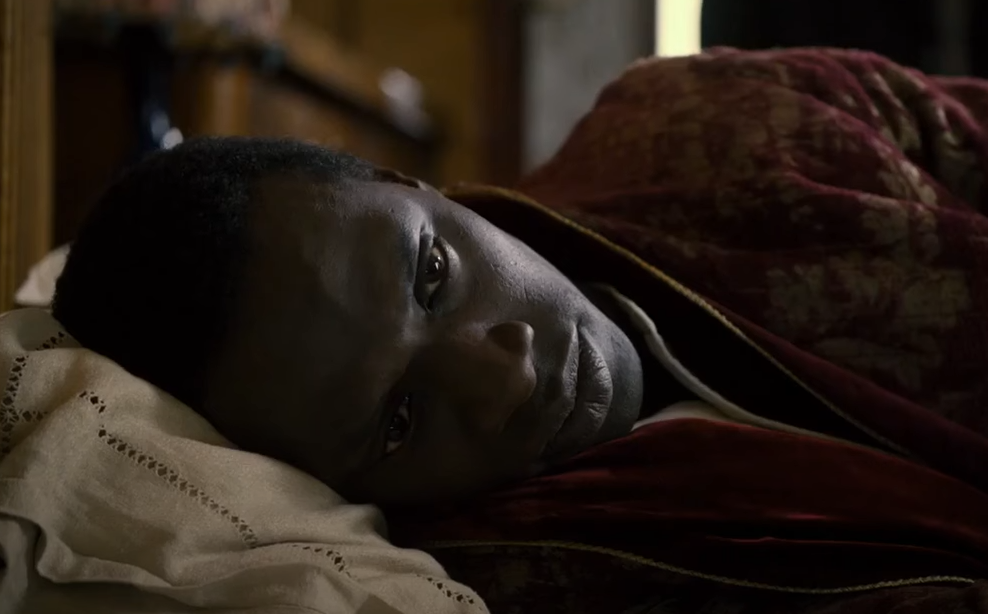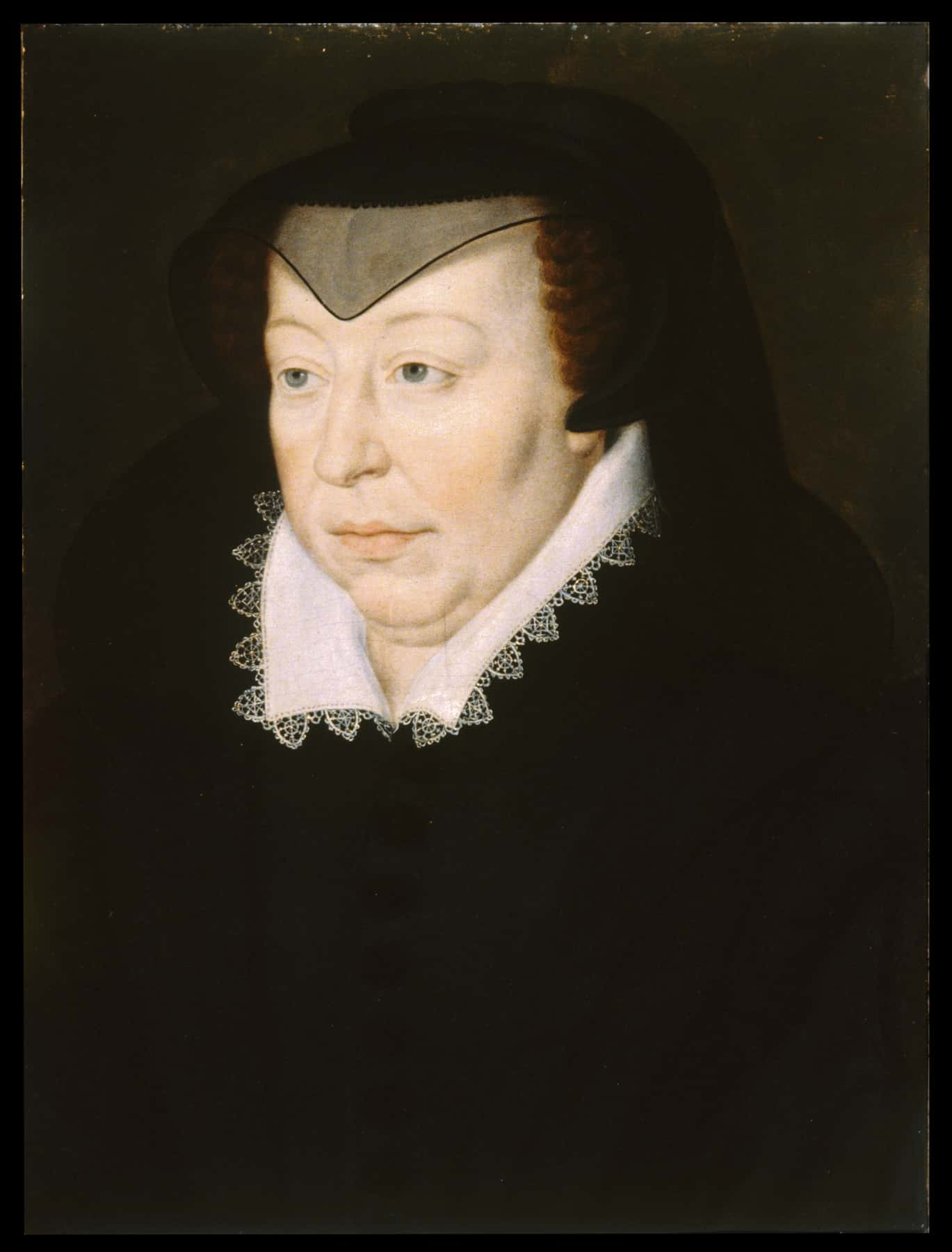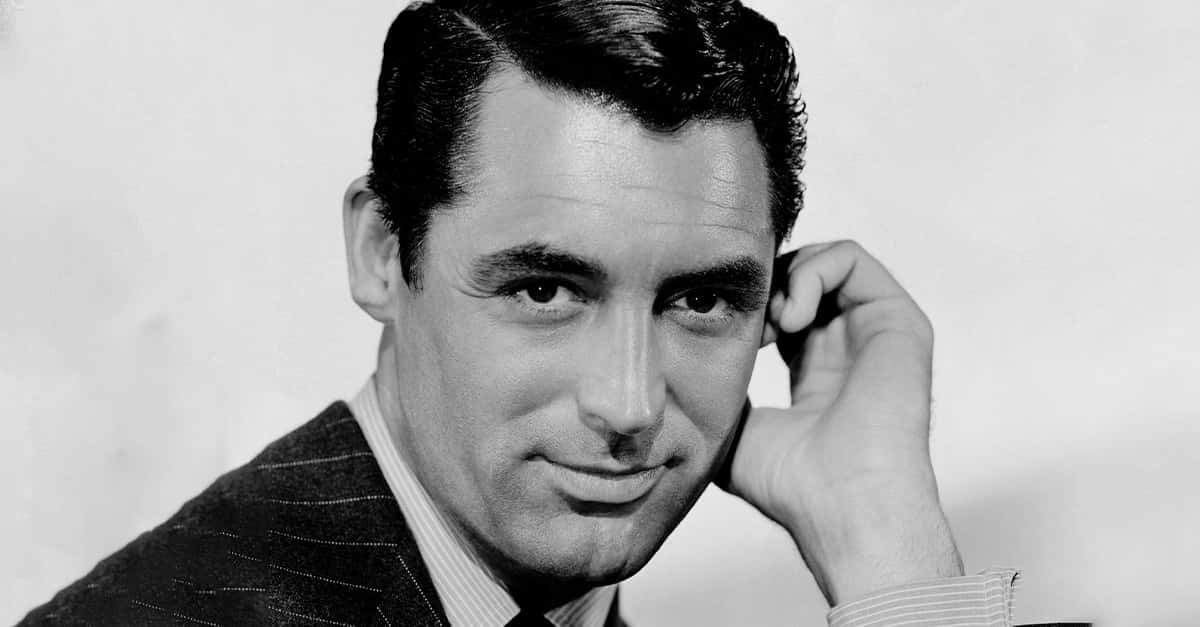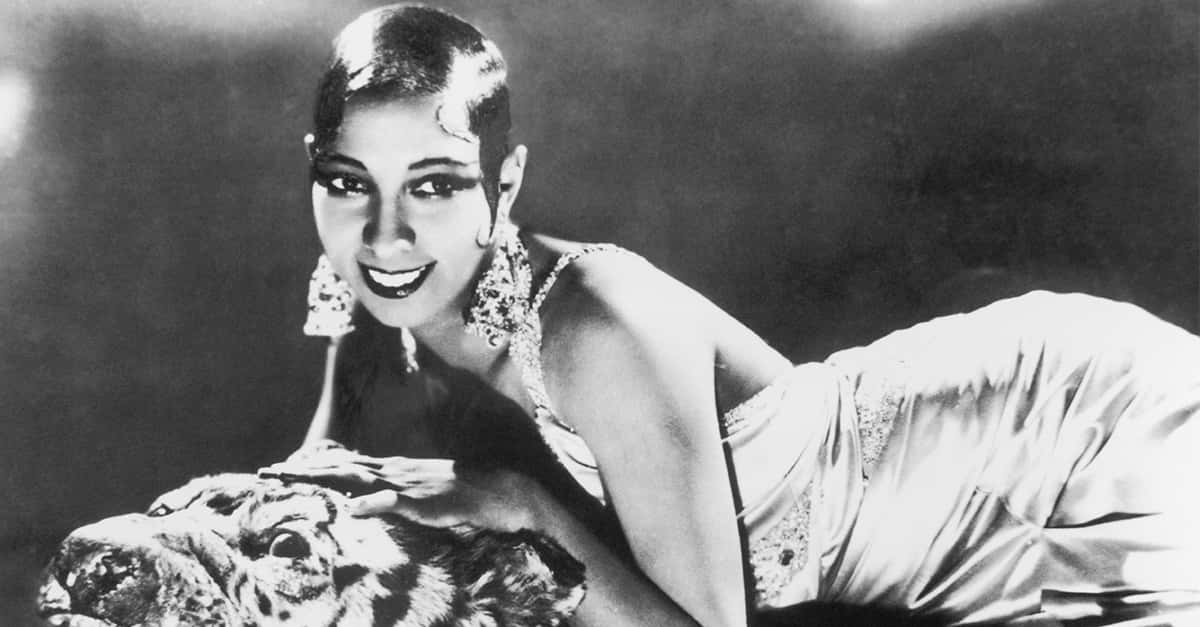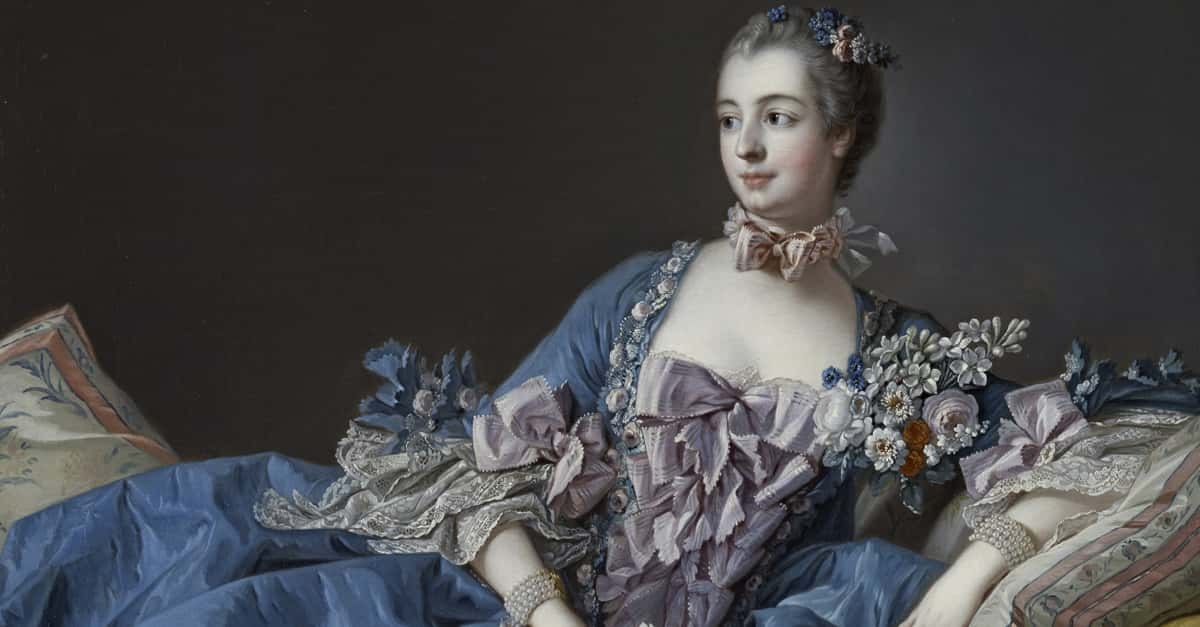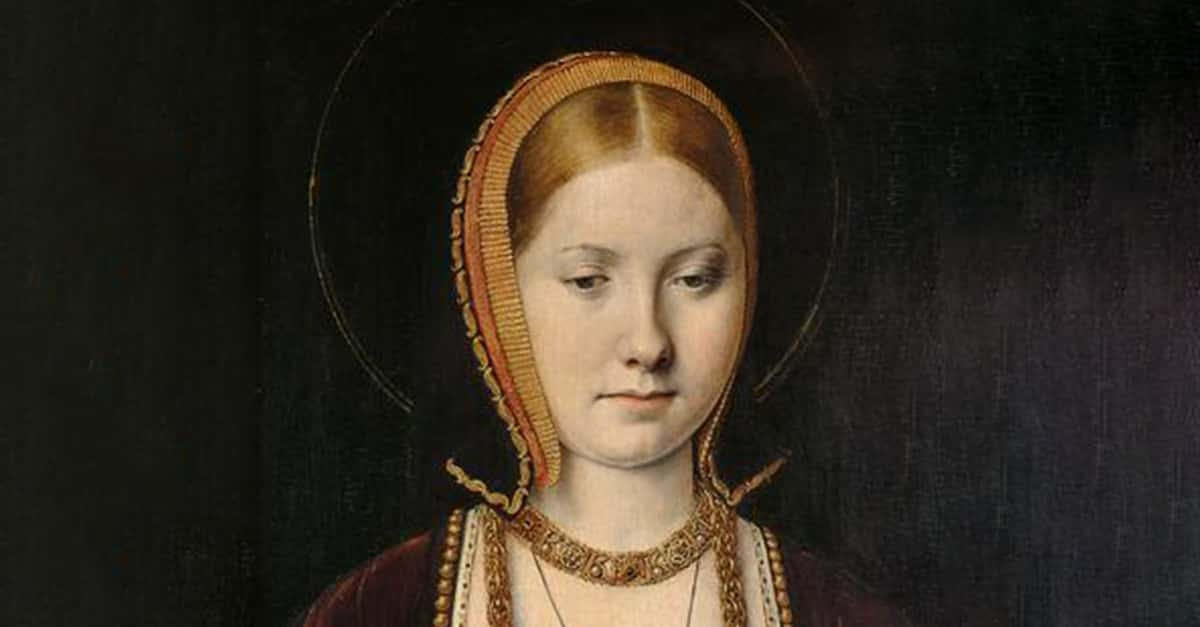The Man Who History Forgot
When people think of the circus, names like Barnum & Bailey and Tom Thumb often take center stage. But there’s one unique showman that deserves his own chapter in the history books—if not for his mysterious life, then for the unbelievable stunts he pulled off in the ring.
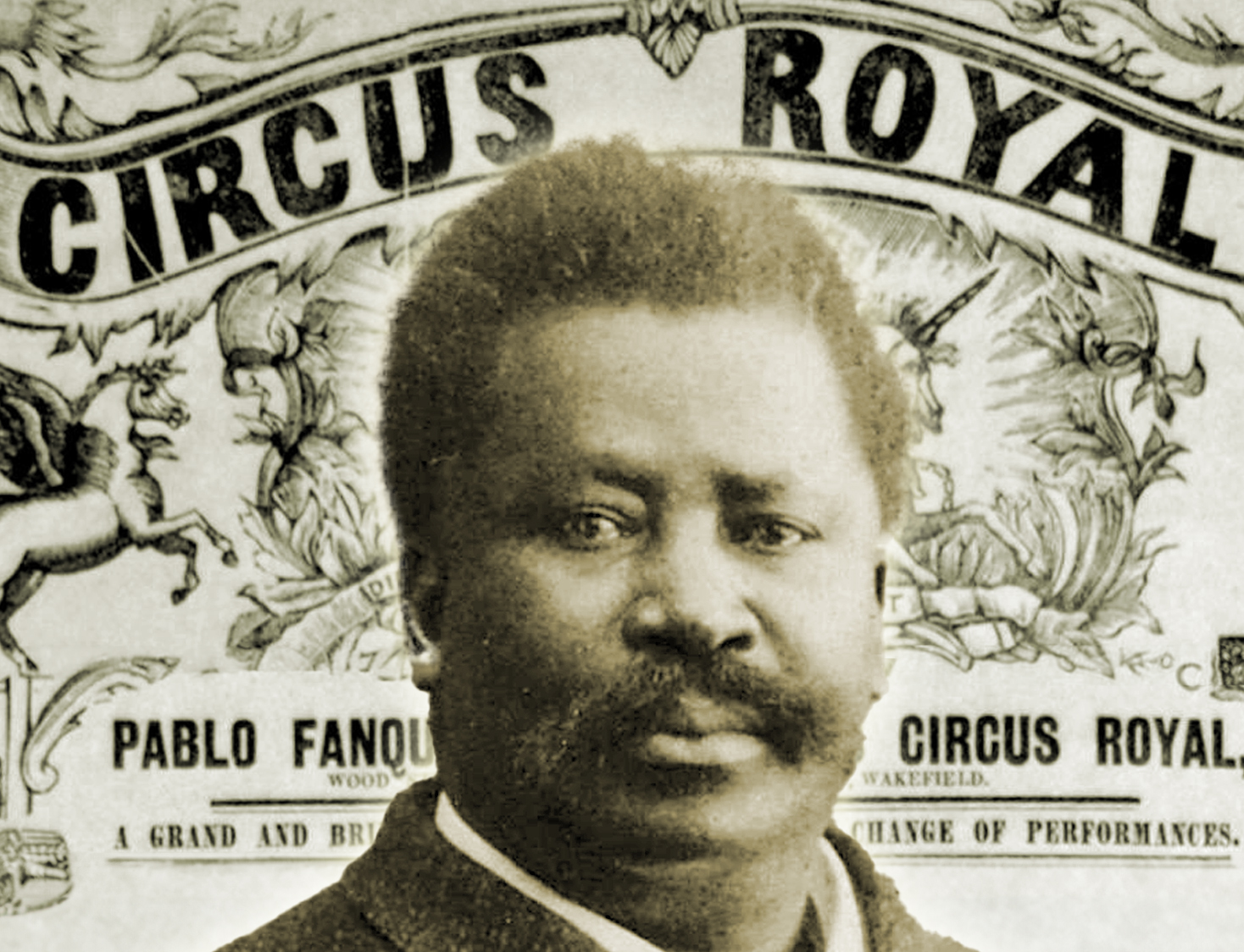
1. He Was A Mystery
For many years, Pablo Fanque’s early life remained shrouded in mystery. Born William Darby, some records reported his birth in Norwich, England in the late 1790s, while others reported him born in the early 1800s. Either way, all theories of his early life implied a pretty tragic beginning.
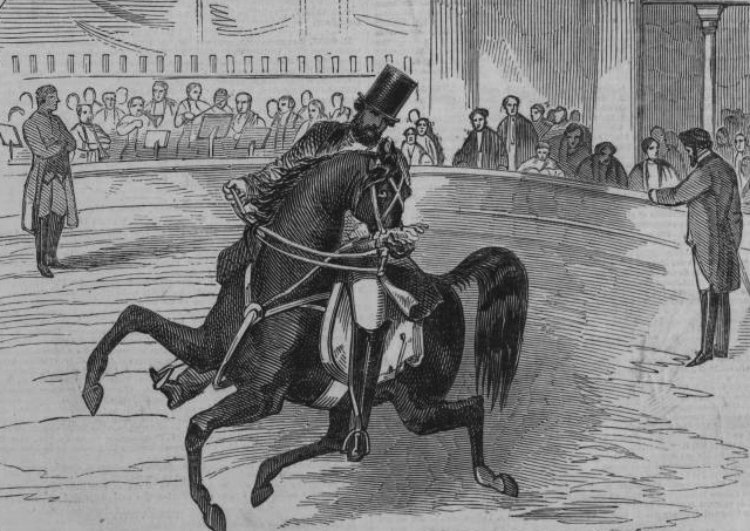 The Illustrated London News, Wikimedia Commons
The Illustrated London News, Wikimedia Commons
2. He Had A Rough Start
While differing on the details, history seems to confirm that Fanque came from a poor family. Historians think his father probably came straight from Africa, and lived as a slave or house servant. Very little information about his mother has survived—but there is some evidence of his many, many siblings….
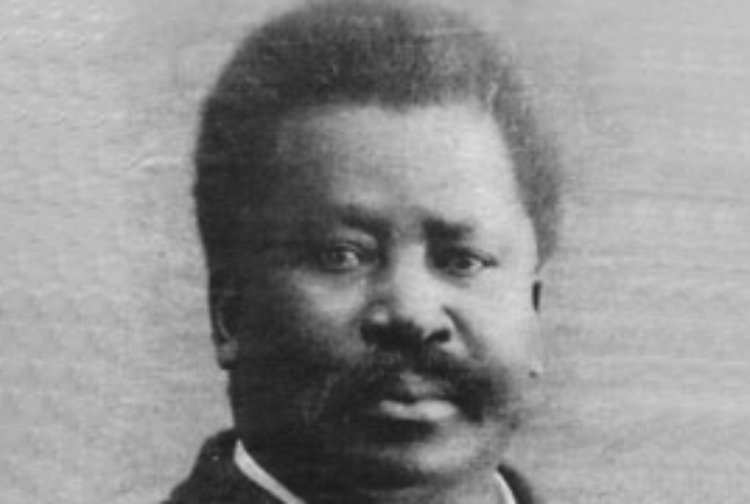 Unknown author, Wikimedia Commons
Unknown author, Wikimedia Commons
3. He Fought To Survive
Some reports state Fanque grew up with four siblings, while others insist he had six. According to historical records, however, two of his siblings passed in childhood, so perhaps both versions are true. Either way, young Pablo Fanque ended up growing up way faster than any child should.
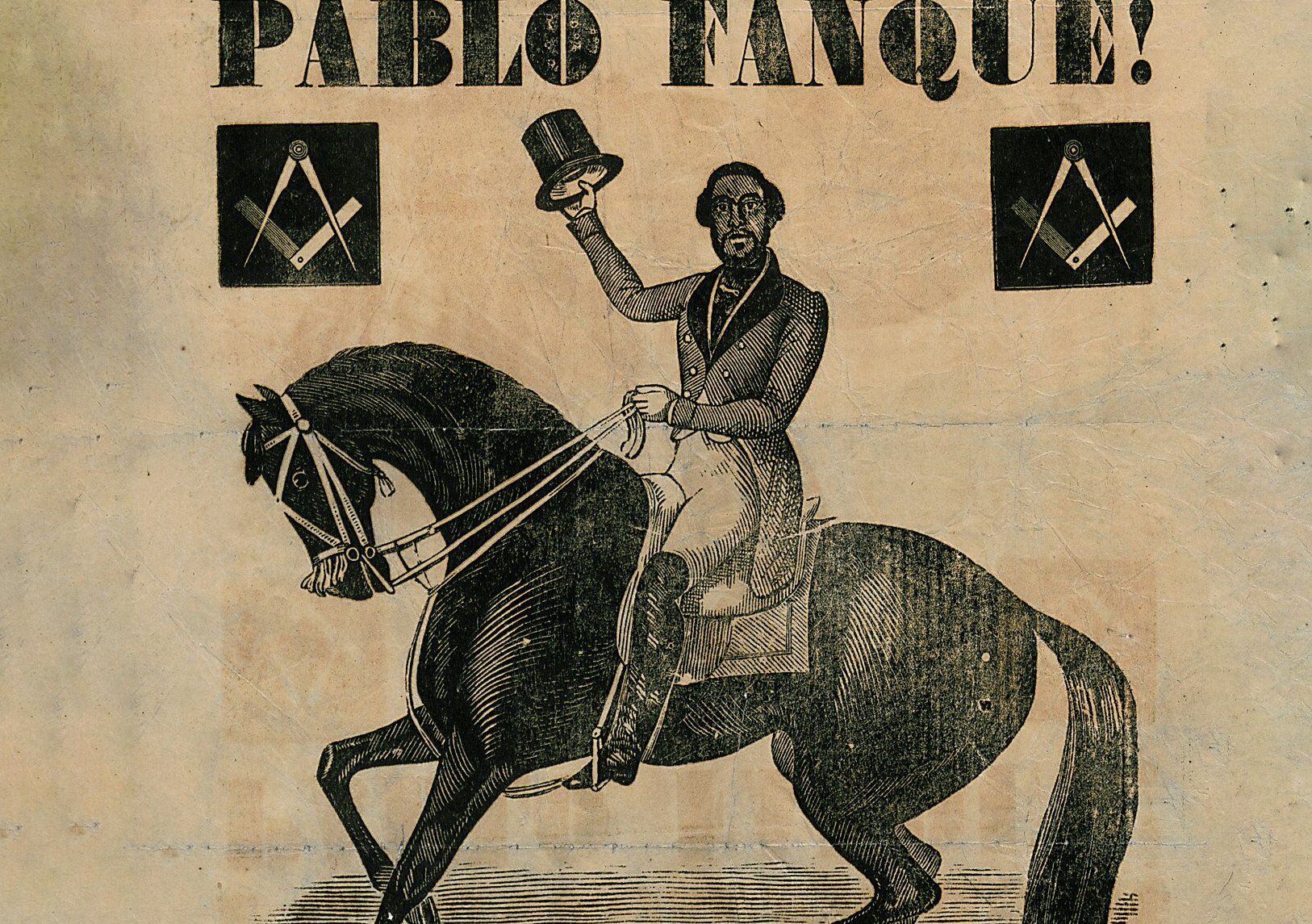 Pablo Fanque, Wikimedia Commons
Pablo Fanque, Wikimedia Commons
4. He Did It Alone
A tragic series of circumstances left Pablo Fanque on the streets of Victorian England, fending for himself by about age 10. While not explicitly explained on record, this seems very valid, considering his family’s poverty. But luckily for the young, Black urchin, alone in Norwich, he soon met a man who changed the trajectory of his life forever.
5. He Went To Work
At about age 11, Fanque began the career that changed everything. It all started with a serendipitous apprenticeship to a circus owner named William Batty. Batty was well known in the business, and he even performed in the circus himself with his horses.
That probably explains the path “Young Darby,” Fanque’s stage name at the time, took once he got down to business.
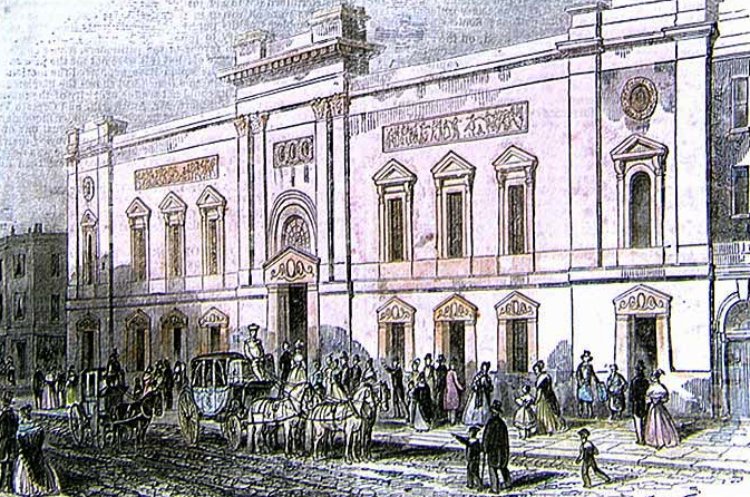 The London Illustrated News, Wikimedia Commons
The London Illustrated News, Wikimedia Commons
6. He Loved Horsing Around
Fanque made a name for himself doing extravagant stunts with horses. These feats likely ranged from making the horse do interesting tricks, to Fanque himself vaulting on and off the horse or doing acrobatic tricks on the horse’s back.
And if you find that impressive—or dangerous—you’ll find his other act just as titillating, if not more so.
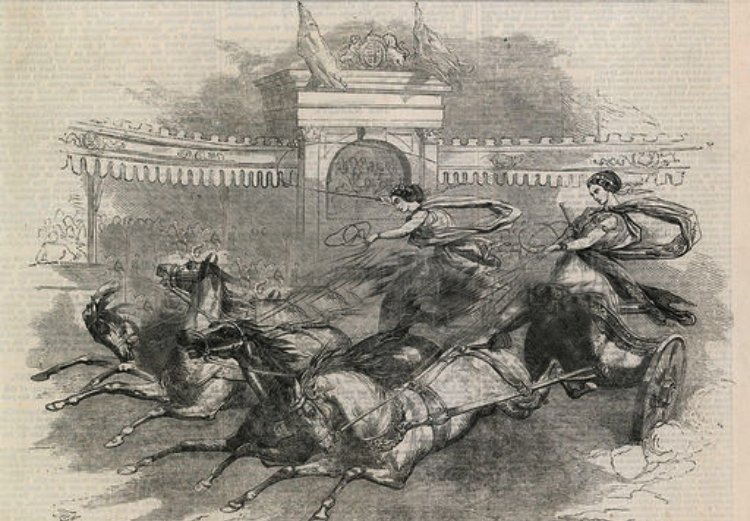 Walter George Mason, Wikimedia Commons
Walter George Mason, Wikimedia Commons
7. He Lived On The Ropes
As a young boy, Fanque also performed on the tightropes. The skill and balance required to perform death-defying tricks high in the air was impressive enough, but he likely did all of it without even a net to catch his fall. But don't worry: By all reports, Fanque landed every single stunt.
And as he became more skilled, he made one major change to amp up his image.
8. He Changed His Name
Reportedly, he officially changed his stage name to “Pablo Fanque” when he became a young adult. There’s no real explanation for the choice of name, though it does appear he used them interchangeably, with both appearing on record as either his last or first name.
Either way, the name stuck, and went with him on his meteoric rise to the top.

History's most fascinating stories and darkest secrets, delivered to your inbox daily.
9. He Kept It Moving
After making a name for himself performing with Batty’s circus, Fanque moved on to join the circus of another well known showman, Mr. Ducrow. He did well there too, but eventually found himself back with Batty, probably just due to what felt most convenient to him.
But after years of using his talents to make money for other people, he got tired of the status quo.
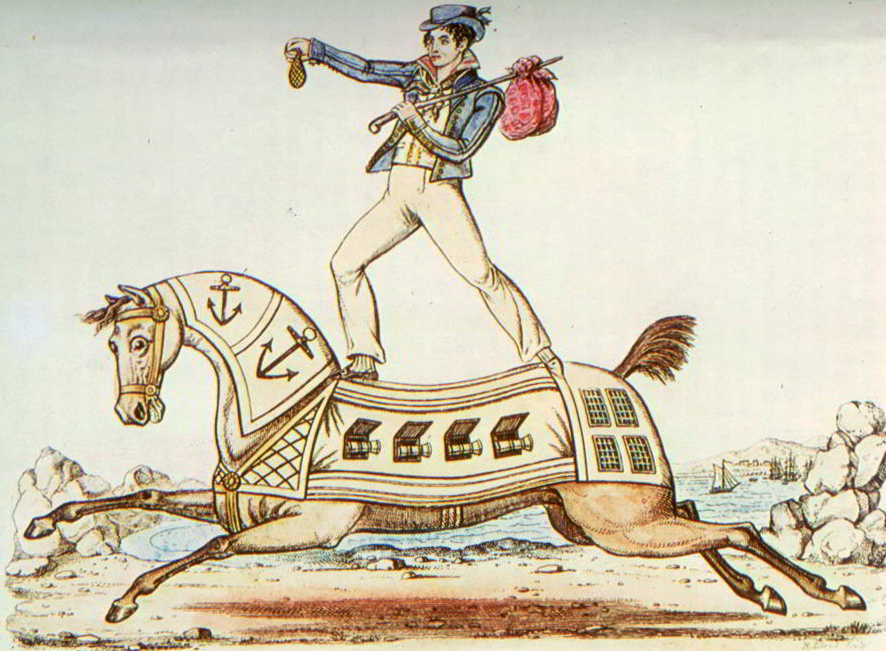 Unknown author, Wikimedia Commons
Unknown author, Wikimedia Commons
10. He Bet On Himself
In 1841, Fanque finally struck out on his own. He started his own circus, but he had to start small: He only had two horses to get things going. However, it didn’t take too long for him to set himself up with more performers and horses. And just a few years later, he made an astounding splash in his circle of competition.
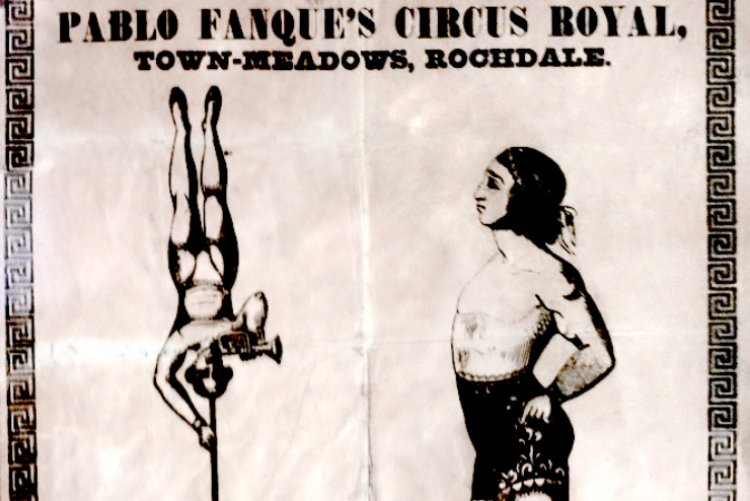 Pablo Fanque, Wikimedia Commons
Pablo Fanque, Wikimedia Commons
11. He Hit It Big
In 1847, Pablo Fanque’s circus made headlines in London. Audiences absolutely loved his show, and attended in flocks. Reporters seemed to overflow with compliments and praise for Fanque and his spectacular displays. So how exactly did he beat out the competition, you may ask?
Well, like any good showman, he had a few tricks up his sleeve.
12. He Had An Ace
For one thing, Fanque kept one very special horse that became one of the most memorable parts of his show, a black mare he named Beda. He rode Beda himself, taking her through some of the most elaborate tricks in any circus at that time.
His most famous stunt with Beda probably frightened audience members as much as it amused them.
13. He Did His Big One
Pablo Fanque became famous across Great Britain for his horsemanship. His most famous stunt involved leaping Beda over an entire coach, with two horses hitched in front, lengthways—about twice the length of the Beda herself. But that wasn't enough for Fanque.
To add to the challenge, he also sent Beda through an enormous drum at the same time. But shocking stunts weren’t the only thing the audience liked to see.
14. He Made Them Dance
Pablo Fanque's horses had one remarkable trick that no other horsetrainer could match: He reportedly managed to train several of his horses to waltz.
In other circuses, the bands merely tried to match their music to the movement of the horses. But Fanque somehow made it appear that the horses actually danced to the music.
That’s something I’d like to see, but even so, it took more than a good show to make the people come running.
15. He Did It For Everyone
Fanque also made a point of creating a show that appealed to both the rich and the poor. People of all walks of life came to see his show, and he often did additional showings to include opportunities at various prices. This way, even the poorest person around could probably afford to come in and enjoy the same show as a prince. And as if that wasn’t enough, he found more ways to go the extra mile.
16. He Spread The Word
Unlike many other circus owners of that time, Fanque took special care to ensure he spread the word about his show coming to town. In other words, he took his marketing seriously long before marketing was even really a thing. In fact, he took it so seriously that he took a chance no one else would.
17. He Put His Money Where His Mouth Was
As his shows started to grow in popularity, Fanque hired a teenager named Edward Sheldon to handle his advertising. Not many people would have given so much responsibility to a boy so young, but Fanque saw something special in Sheldon.
He was bang on, because Sheldon, a pioneer in the art of billposting, eventually went on to start one of the biggest advertising firms in Britain.
And even with all that, Fanque kept finding more ways to sweeten the pot and ensure his success…
18. He Made A Scene
To add that extra bit of razzle dazzle, Fanque often organized an extravagant procession prior to setting up his circus in a new town. He’d send in a troupe of his best horses, along with a section of his band to help stir up interest and get people excited.
And to top it all off, Fanque made connections with some entertainers who brought along their own notoriety.
19. He Made A Famous Friend
During the heights of his success, Fanque linked up with a popular clown named W. F. Wallet. Wallet called himself the Queen's Jester after performing for Queen Victoria once, and the two of them formed a deep friendship—which leads us into other key details of what Fanque’s personal life looked like behind the scenes.
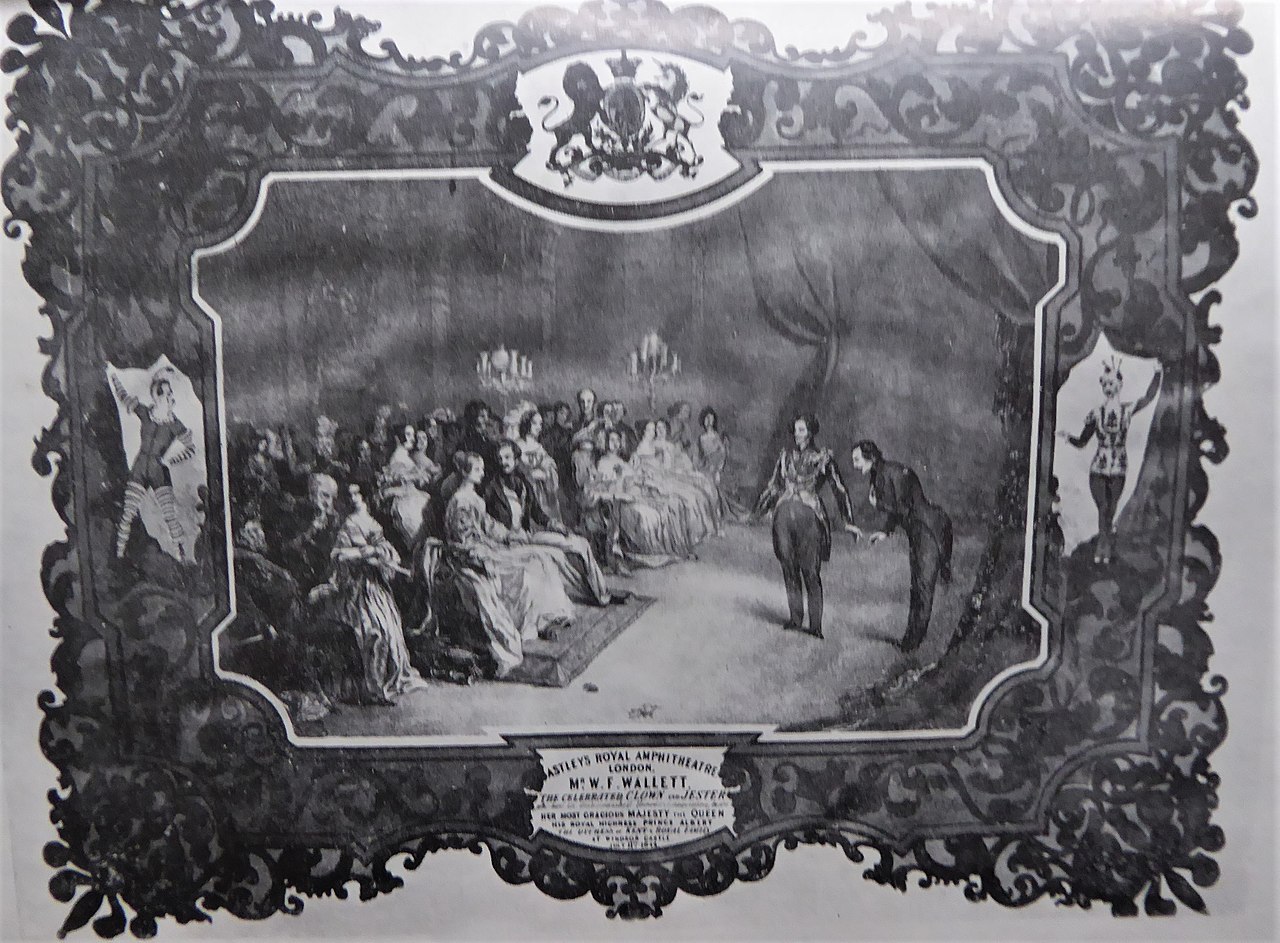 Unknown author, Wikimedia Commons
Unknown author, Wikimedia Commons
20. He Found The One
Though most of the details are lost in history, Fanque married a woman named Susannah Marlaw sometime during his rise to success. Marlaw herself came from a simple family, and probably felt impressed by Fanque’s talent and ambition. Either way, she felt impressed enough to let their children follow in his footsteps.
21. His Son Was Just Like Him
Fanque and Marlaw brought two sons and one daughter into the world. One of their sons, who took to calling himself Pablo as well, joined the circus as soon as he could. He specialized in the tightrope, much like his father did at his age. By all outside accounts, Fanque lived a picture perfect life—especially for a Black man in Victorian England.
But he still faced obstacles that his peers didn't have to worry about.
22. He Was The Wrong Color
Fanque came from a mixed ethnic background, and presented as a man of color. Fortunately, England banned slavery long before he rose to fame. However, the Americans across the sea still practiced it, which seemed to limit Fanque’s reach overall. Furthermore, he didn’t only have the naysayers in America to worry about.
23. The Church Criticized Him
Reportedly, some criticism from the religious community arose in response to Fanque’s show in the 1840s. Luckily for Fanque, however, he still had the people on his side—and they weren’t afraid to say it.
24. They Backed Him Up
While some religious people pushed back against the type of entertainment the circus offered, many others totally approved of it as wholesome entertainment. Fanque's defenders drew comparison to much more distasteful recreations, including overindulgence in drinking, to justify the circus.
But perhaps that support had more to do with one of Fanque’s special rules than anything else.
25. He Made Them Pay Their Dues
According to some reports, Fanque held special requirements for his performers. One of the most unusual was his expectation that they each go to a church every Sunday. That being said, it’s quite possible that his own church-going performers backed him up in the press when religious groups came for his head.
But even with that kind of loud public support, Fanque couldn’t escape tragedy forever.
26. They Didn’t Expect It
Tragedy struck during a routine show in Leeds, at an amphitheatre Fanque actually purchased to host his circus. Audiences filled the space to capacity. Fanque’s son stepped out into the ring to begin his acclaimed tightrope routine. Just as he got into it, things quite literally came apart at the seams.
27. Everything Fell Apart
Some supporting beams gave way, and part of the building totally collapsed. Approximately 600 people fell from an upper level. By some miracle, none of those patrons experienced any serious injury.
But down below, someone especially close to Fanque didn’t come out quite as unscathed.
28. She Was Crushed
At the time of the incident, Fanque’s wife stood right below the doomed architecture. Reportedly, one of the beams hit her directly in the head. When Fanque discovered this, he rushed her to a hospital to seek help. But, tragically, he arrived far too late.
29. He Lost Her
Once at the hospital, doctors confirmed Fanque’s worst fear. His wife was already gone, with no hope of being revived. The incident drew much attention, with the majority of Fanque’s customers responding with great sympathy toward him for his great loss.
Not everyone actually felt that sorry, though.
30. They Took Advantage
That very same evening, an unidentified person took advantage of the chaos that ensued after the partial collapse of the building. Someone managed to take off with most of the evening’s earnings, adding additional insult to injury. Even so, though, Fanque didn’t stay down for long.
Before the year’s end, he moved on in a big way.
31. The Show Went On
That same year, Fanque started seeing a new woman—Elizabeth Corker. Corker also performed in a circus, so the two likely had many things in common. They quite possibly even knew each other for some time before hooking up.
And considering one very notable detail, the speed at which they got to the altar is at least a little suspicious…
32. He Liked ‘Em Young
At just 22 years old, Elizabeth Corker married Pablo Fanque, about two decades her senior. Even more suspiciously, they got married the same year Fanque buried his first wife. I’m not saying the two had something going on prior to Fanque losing his wife, and there's no hard evidence of this fact. Just saying, the timing isn’t great.
But even with his new life quickly falling into place, tragedy seemed to haunt Fanque in some deeply personal ways.
33. He Lost Her
Fanque went on to have three more children with his new wife: two sons and one daughter. Like his boys from the first marriage, they reportedly followed him into the circus. But he tragically lost his daughter before she even turned two years old. Perhaps all his outward success hid the grief he experienced behind the scenes.
34. He Went International
Fanque’s success afforded him the opportunity to take his show abroad—well, at least, he took it to Scotland and Ireland. However, he did spend the majority of his career in England. That being said, you’ll probably understand why one particular feat probably felt like a crowning moment of his career.
35. He Had A Royal Appointment
In the 1850s, Fanque received a special invitation from the royal family. Queen Victoria herself welcomed Fanque and his circus to court, demanding a special performance. But even with his royal engagement, all was not as perfect as it seemed.
Pablo Fanque had fudged some numbers—and his secret was about to come out.
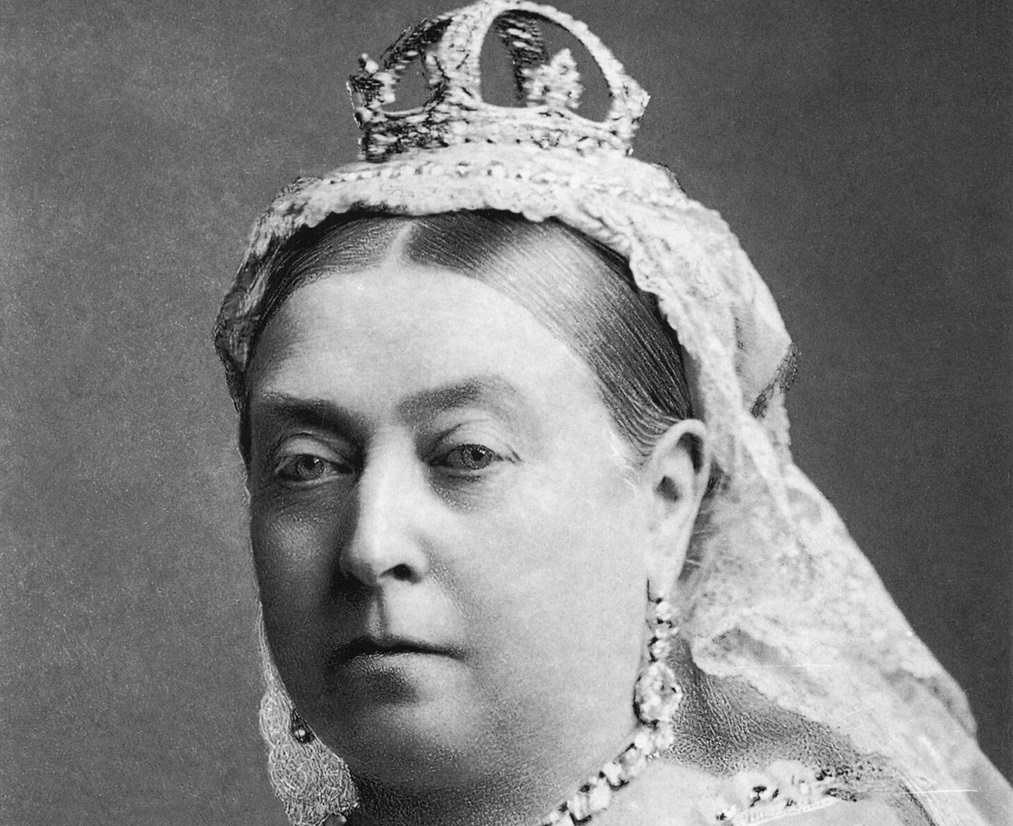 Alexander Bassano, Wikimedia Commons
Alexander Bassano, Wikimedia Commons
36. His Money Got Funny
In 1859, Fanque found himself caught up in court over what appeared to be some bogus money deals. While the details are a bit hazy, it seems others accused him of using faulty evidence of funds to borrow money, creating a notable amount of debt. And when he did actually go to court, the whole situation seemingly went public.
37. He Got Away
Although Fanque ultimately did end up having to participate in a bankruptcy hearing and answer for his possible money misdeeds, he did ultimately manage to get out of the situation unscathed. He made his settlements as needed, and went on to continue his business. But this was an omen of things to come.
It seemed a curse loomed over Pablo Fanque's fantastic circus.
38. Things Got Scary
Fanque’s circus made headlines once more in the 1860s, but this time for a very unfortunate reason. Like many times before, the incident began as a routine day at the circus. One of his tightrope performers, Madame Caroline, began her stunt. However, things went totally awry when she somehow missed a step.
39. She Got Hung Up
Madame Caroline slipped from the tightrope, just managing to hold onto the rope with her hands. The mistake left her hanging 60 feet above the ground, much to the audience’s horror. Thankfully, Fanque and his team managed to lower the rope enough that she could fall into the arms of a group of men below.
But whether due to incidents like that, or just the changing times, things continued going downhill.
40. He Lost The Plot
As the 1860s wore on, Fanque’s show steadily lost its place as one of the more popular circuses on the circuit. Some postulate that his issues with bankruptcy, as well as other infringements with the law, contributed to his demise. In other versions of the story, though, he just seems to fade from the forefront.
Either way though, Pablo Fanque made sure he left his mark.
41. He Did It First
Regardless of the way he eventually lost his spot in the limelight, Fanque still holds a special place in the history of the circus. As it stands, he’s the very first British circus owner of color in any records of the art. But even more than that, he made sure to use his popularity to help those the world easily forgot.
42. He Joined A Secret Society
At the height of his success, Fanque joined the mysterious organization known as the Freemasons. While there’s much speculation surrounding the group and the nature of their spiritual beliefs, the organization became known in Fanque's time for helping those in need.
As such, it’s no surprise that Fanque found his own unique way to connect charity to the thing he loved most—the circus.
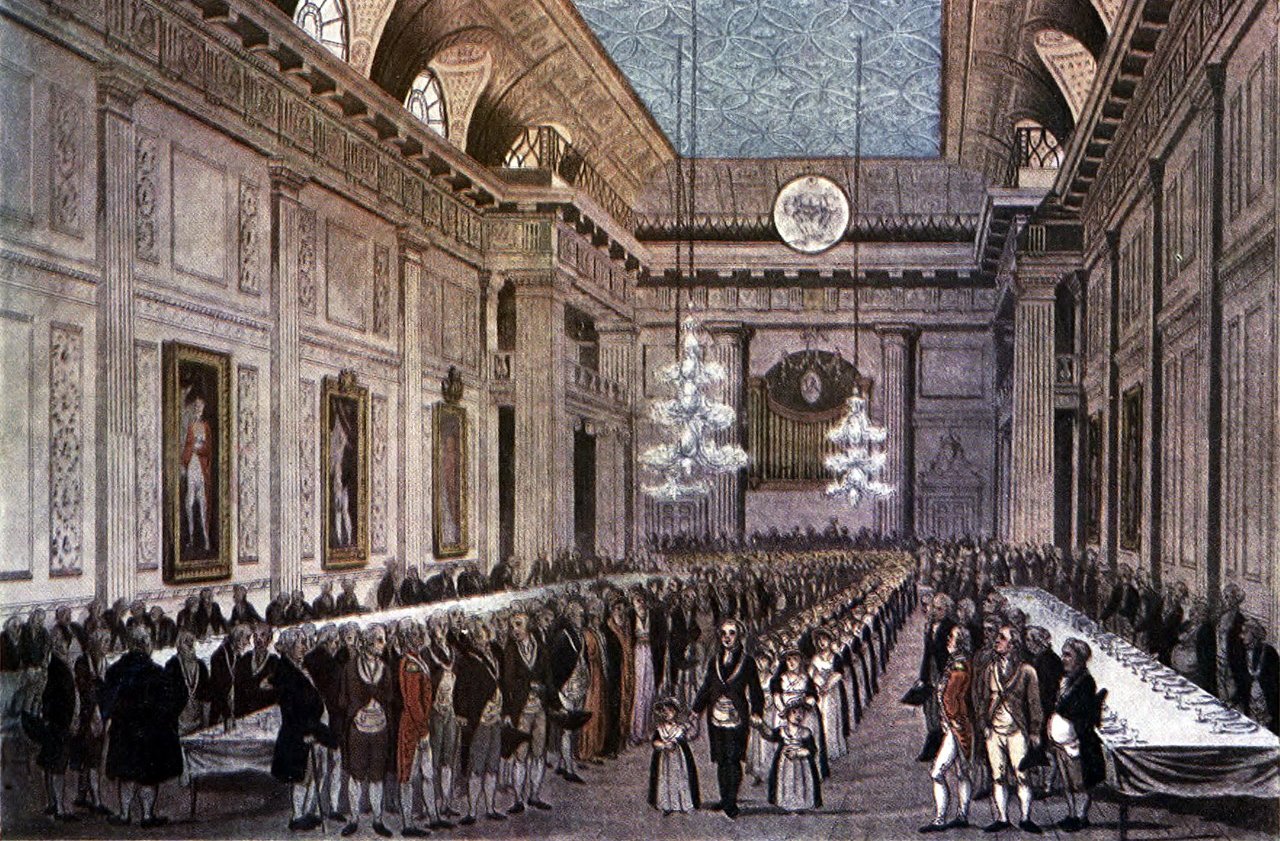 Thomas Rowlandson, Wikimedia Commons
Thomas Rowlandson, Wikimedia Commons
43. He Found The Problem
During his tenure as a circus owner, Fanque recognized a glaring issue in his field. While circus performers often worked very hard night after night doing dangerous stunts, they didn’t have any monetary security. More specifically, their jobs didn’t provide for any help with health needs or retirement.
Fanque refused to take that lying down.
44. He Did His Part
Fanque often threw what the circus circuits called “benefits”. He’d put on a show specifically to donate the proceeds to a specific performer or organization in order to help them meet their financial needs. Interestingly enough, his generosity is what brought him back from a forgotten history almost a century after his life on earth.
45. He Got Discovered
In the late 1960s, long after Fanque lived, he came back to life through the music of one of the world’s most famous pop bands. It began with a trip to an antique store. When the Beatles’ star, John Lennon, entered the shop, he discovered an antique poster for one of Fanque’s benefits. The rest, as they say, is history.
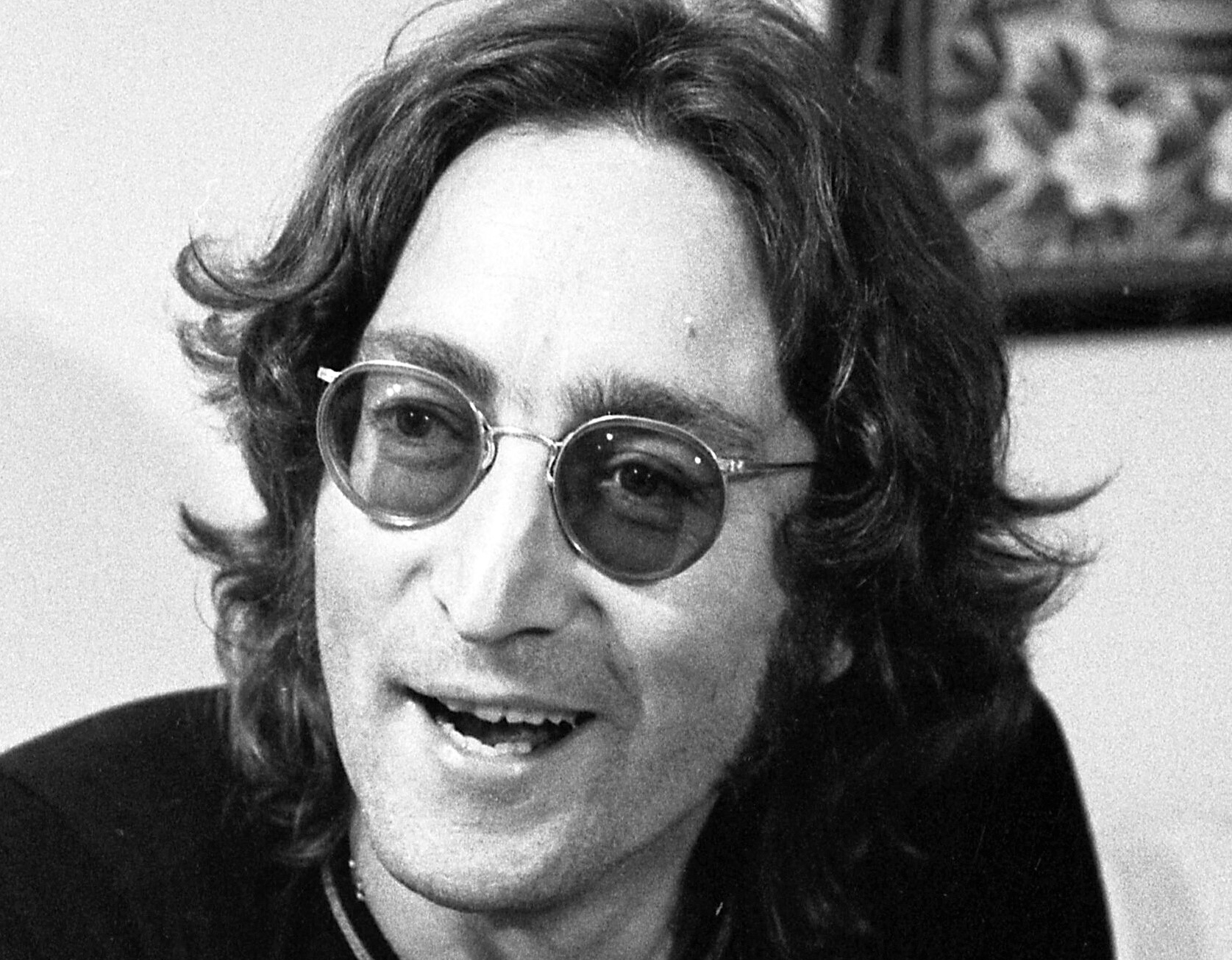 Tony Barnard, CC BY 4.0, Wikimedia Commons
Tony Barnard, CC BY 4.0, Wikimedia Commons
46. They Brought Him Back
Inspired by the poster, Lennon wrote the song “Being for the Benefit of Mr. Kite”. The song includes several phrases lifted directly from the poster, including a mention of “Pablo Fanque’s Fair”. This revived interest in Fanque and his circus, and keeps his name in popular culture even today.
Tragically though, Fanque’s actual end was much less laudable.
 Miniacipedia, Wikimedia Commons
Miniacipedia, Wikimedia Commons
47. He Ended Up With Nothing
By the time he reached his inevitable end, Fanque didn’t have much of anything to brag about. Reportedly, he spent his final days living in poverty in a little inn with his second wife and two sons. Bronchitis brought his ultimate end in 1871.
And though he passed without much fanfare, his funeral itself ended up being much more dramatic.
48. He Went With A Bang
His friends and family made sure Fanque’s funeral came with plenty of flair. They put on a grand parade for his funeral procession, including some of his horses, performers, and band members. They laid him to rest in the same place as his first wife and his infant daughter.
And with that, his story ended—until the 1960s Beatles song seemingly brought him back to life.
 Michael Ochs Archives, Getty Images
Michael Ochs Archives, Getty Images
49. They Remembered Him
Despite seeming to disappear from history until the 1960s, the Beatles song successfully renewed interest in Fanque. Since then, he’s received numerous special acknowledgements. This includes a plaque recognizing his place of birth, as well as one presented by the Leeds Civic Trust. This wasn’t the end of his honor, though.
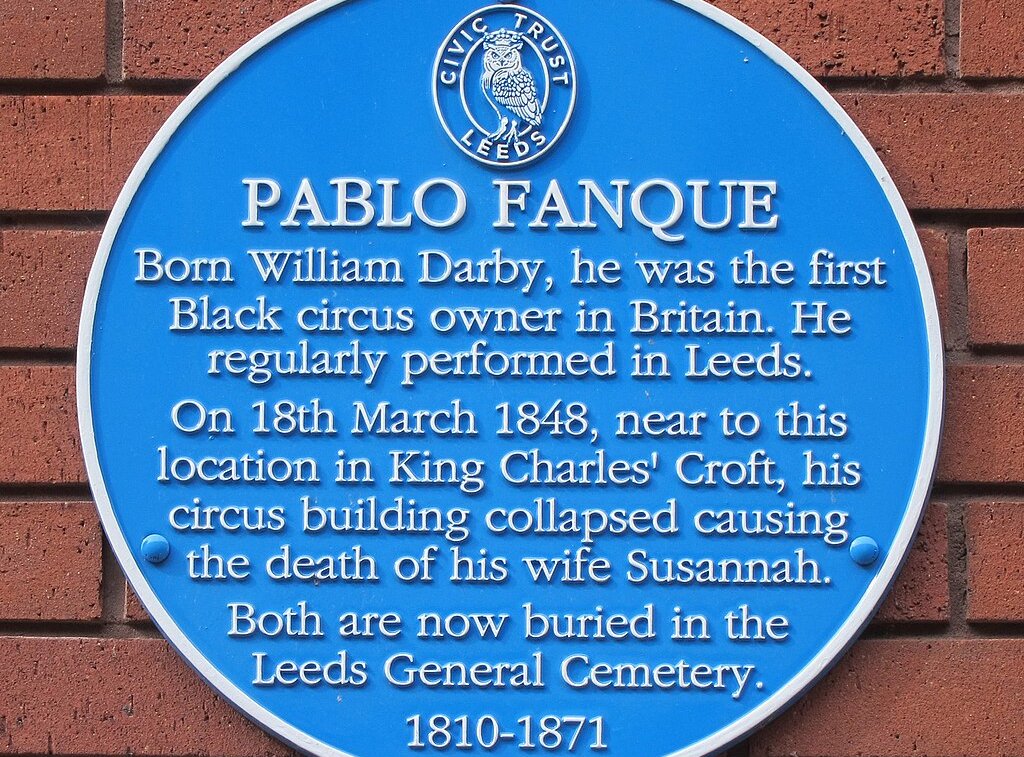 Chemical Engineer, Wikimedia Commons
Chemical Engineer, Wikimedia Commons
50. His Legacy Lives On
Fanque is also honored in literature, through an 1850s magazine cover as well as the cover of a history book published in the 2000s that honors great Black British men. It took some time for Fanque to get his due, but in this case, late is better than never.
Though, all things considered, I do think Fanque might have preferred the flashiness of the Beatles song to the plaques left in his name.
You May Also Like:
The Rise And Fall Of America’s Richest Family
The Most Wicked Man In The Wild West
The Incredible Story Of The Real “Lawrence Of Arabia”
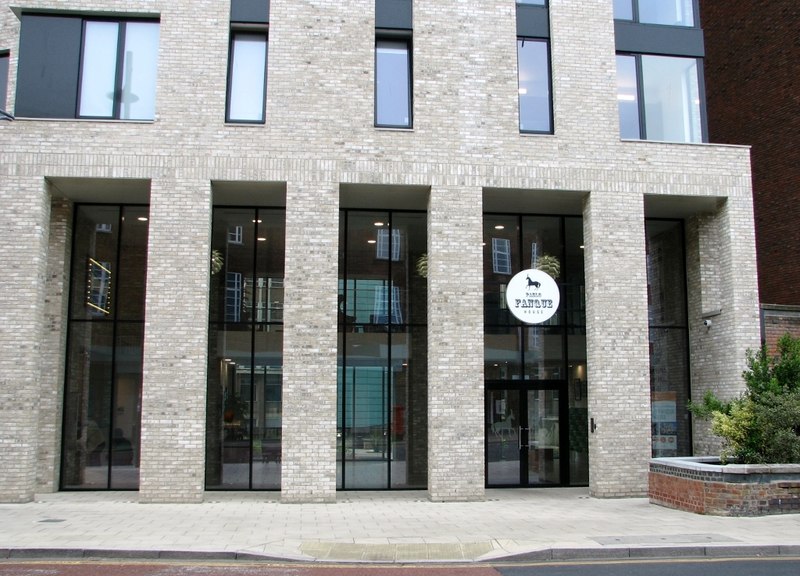 Evelyn Simak, CC BY-SA 2.0, Wikimedia Commons
Evelyn Simak, CC BY-SA 2.0, Wikimedia Commons


